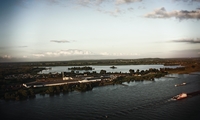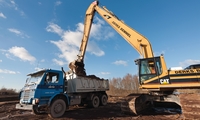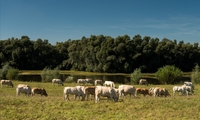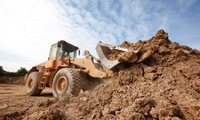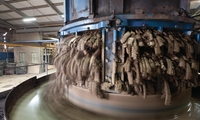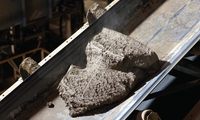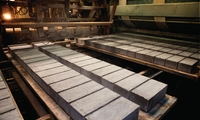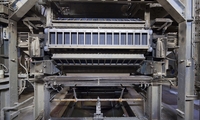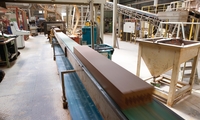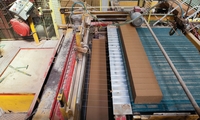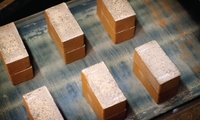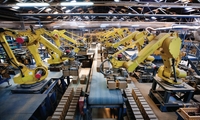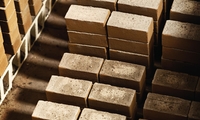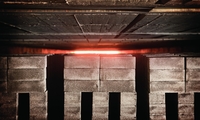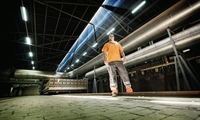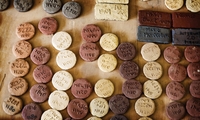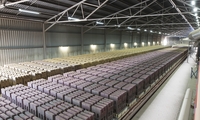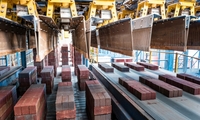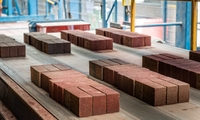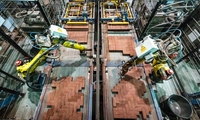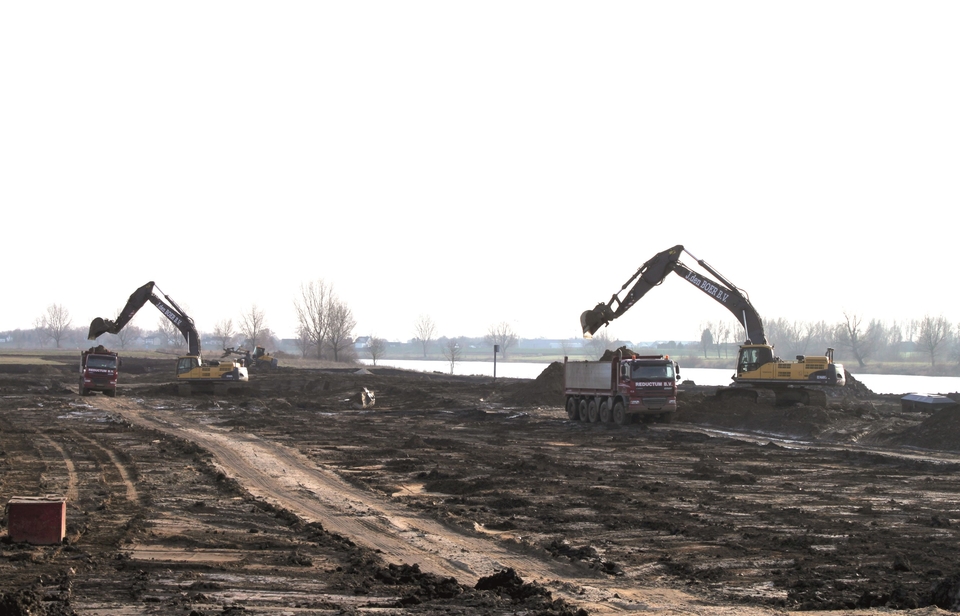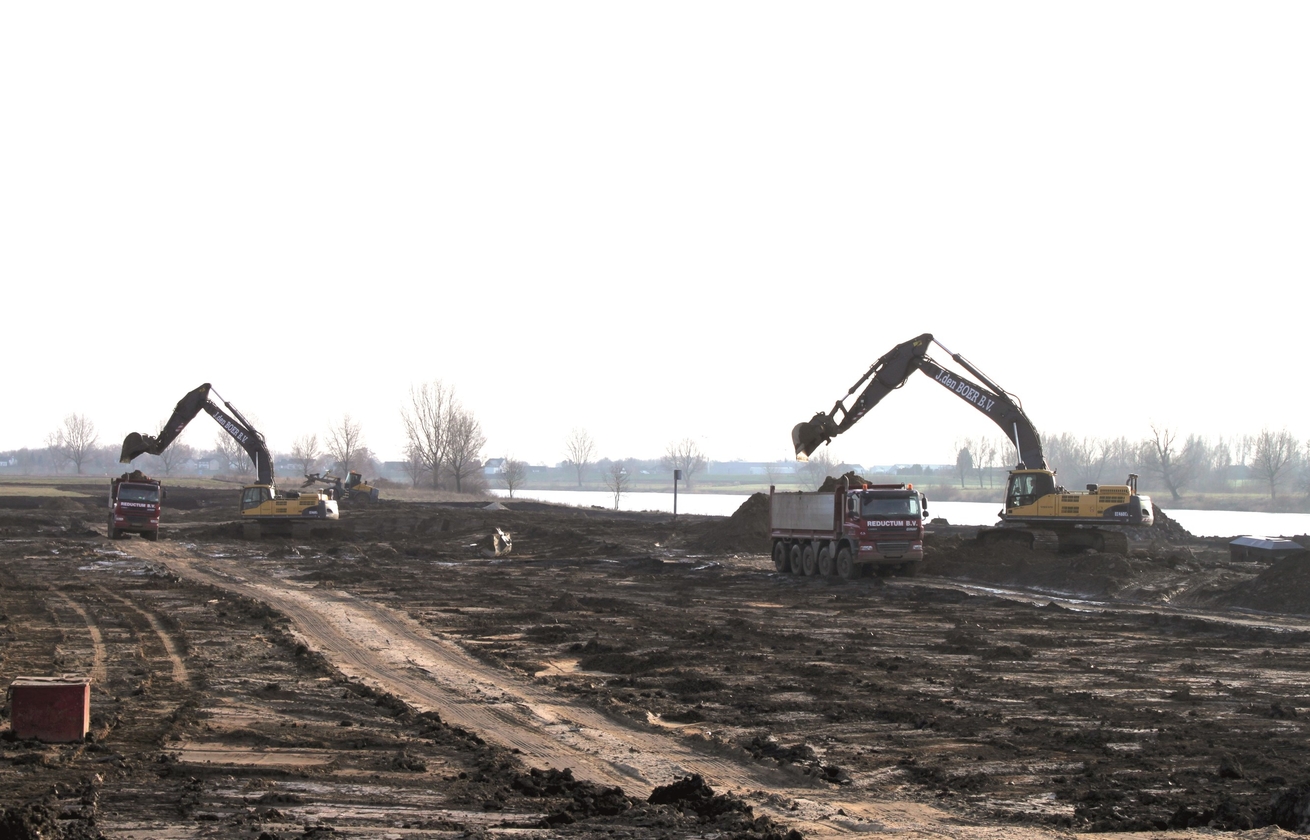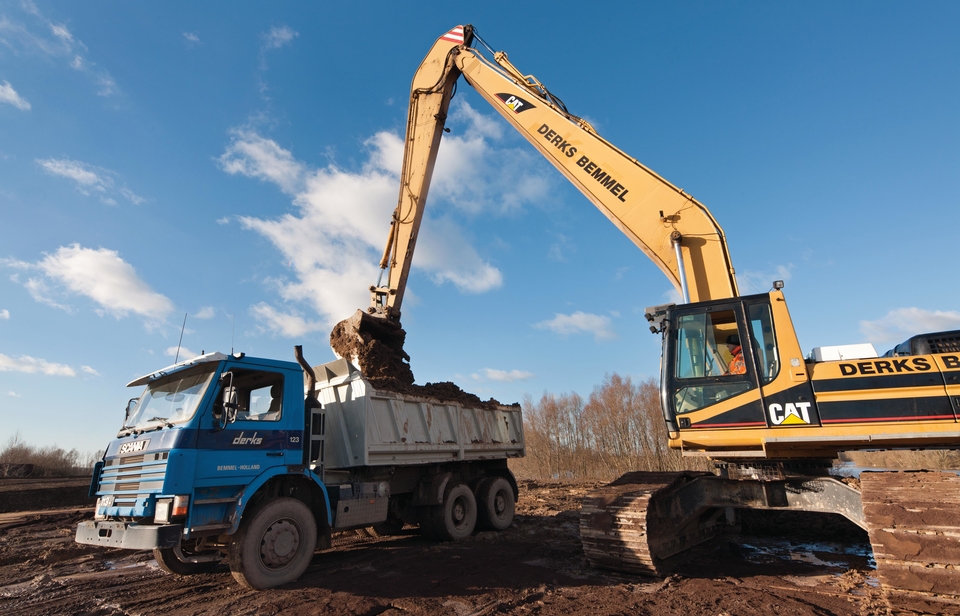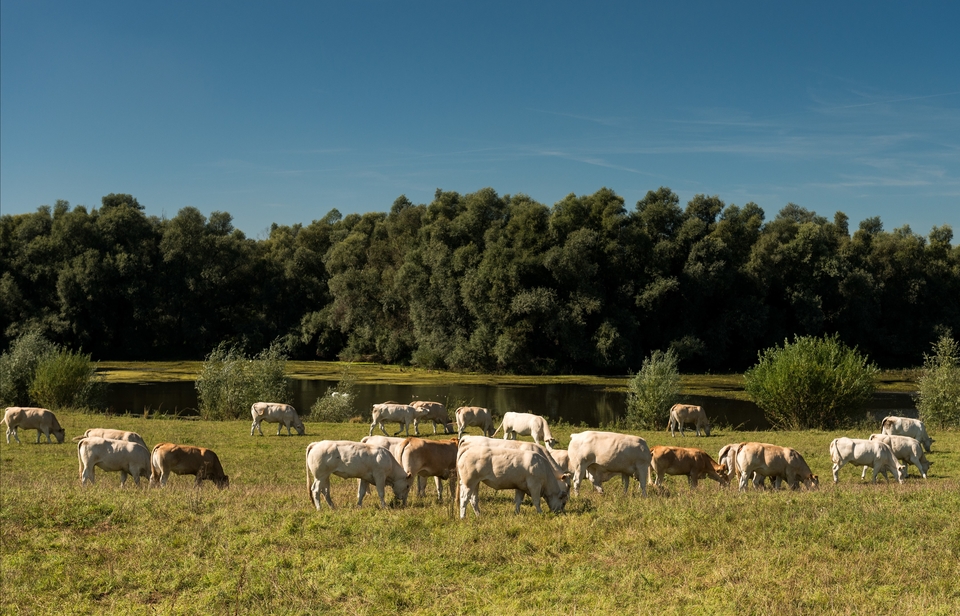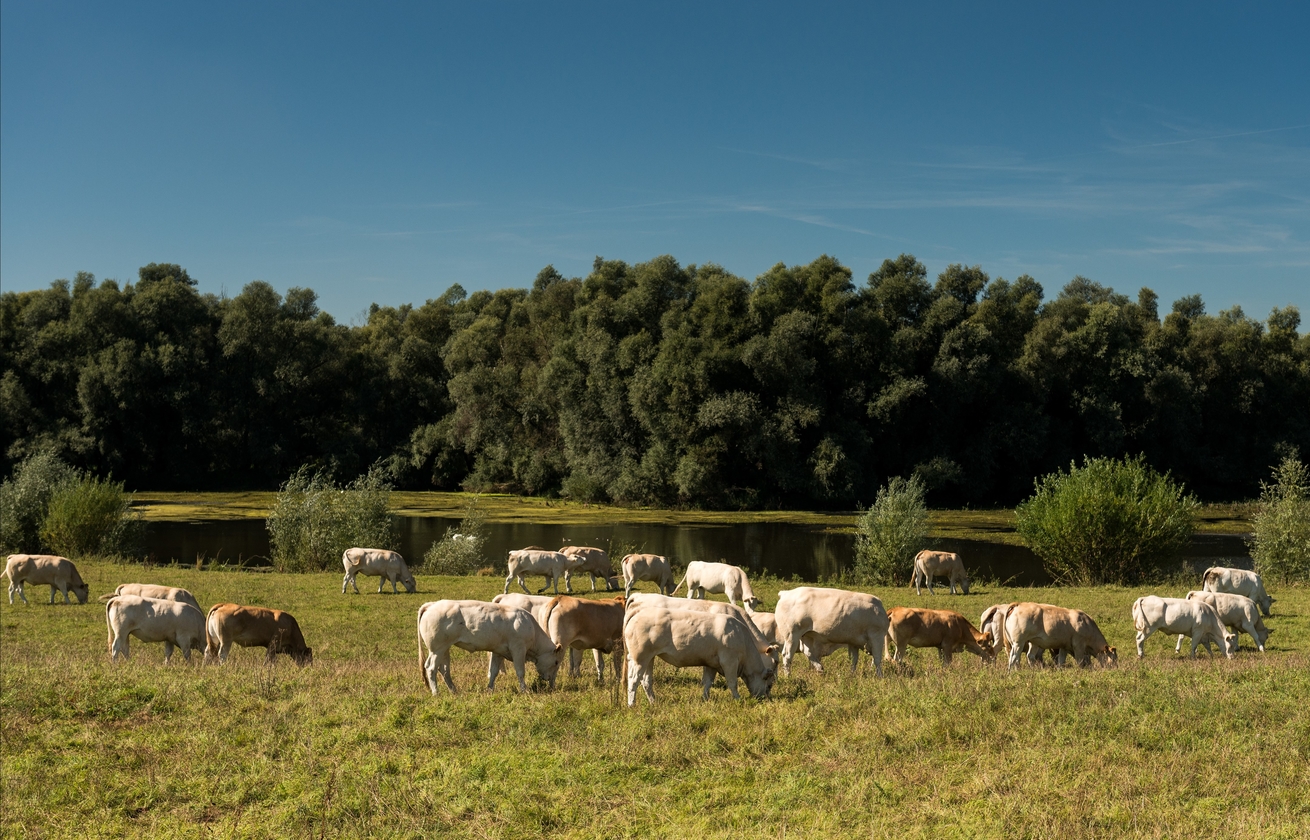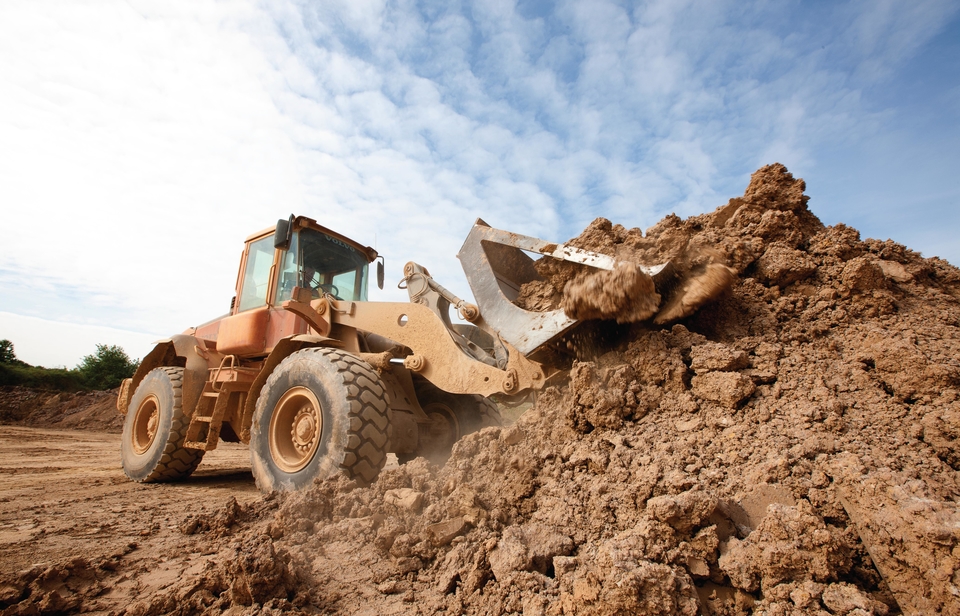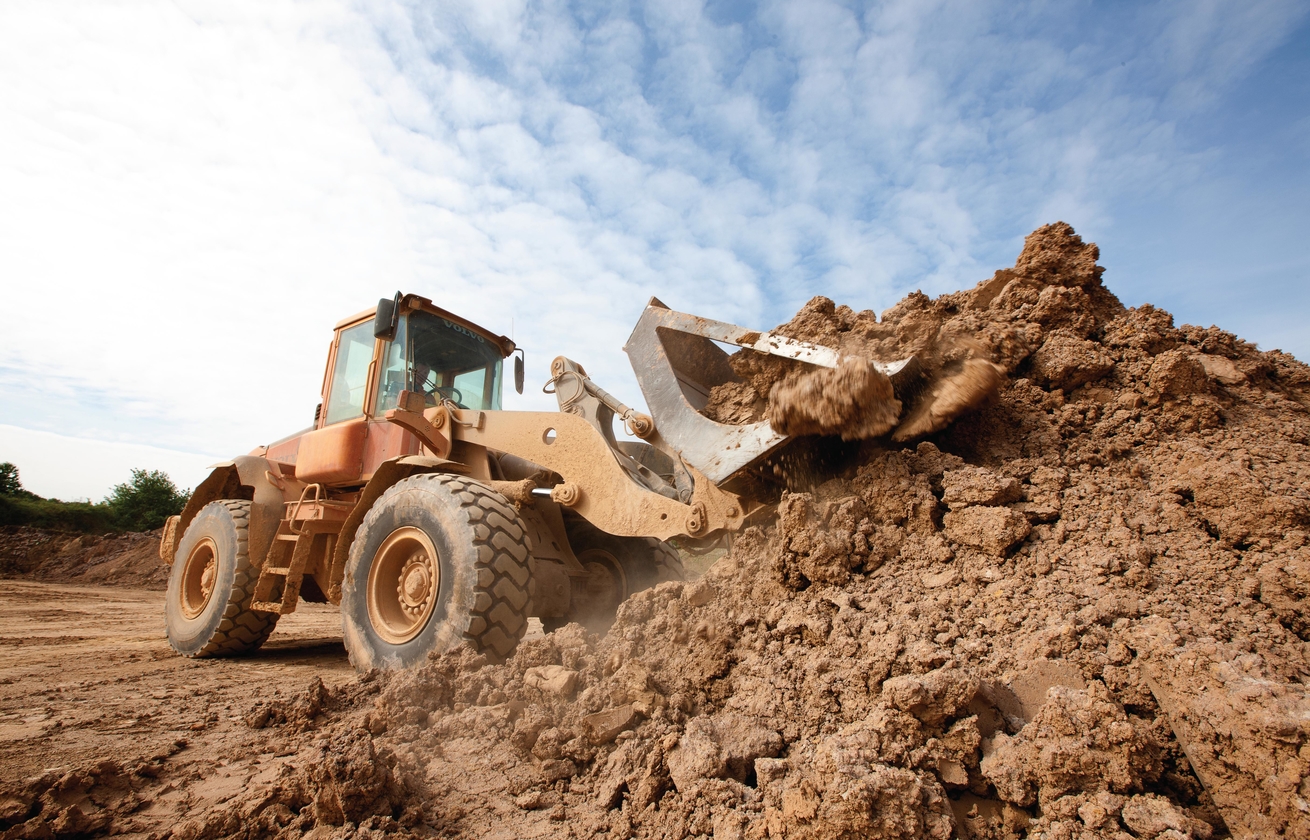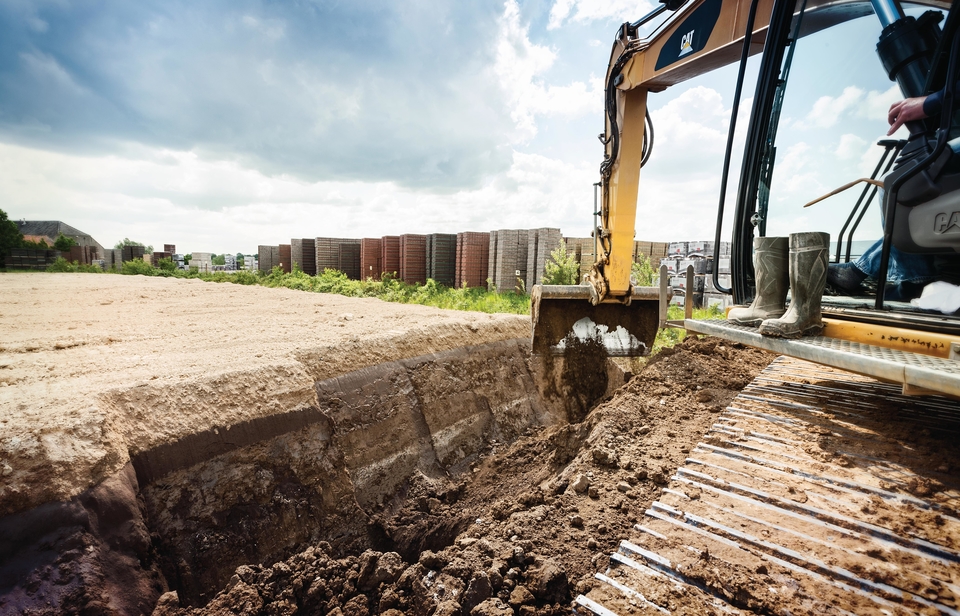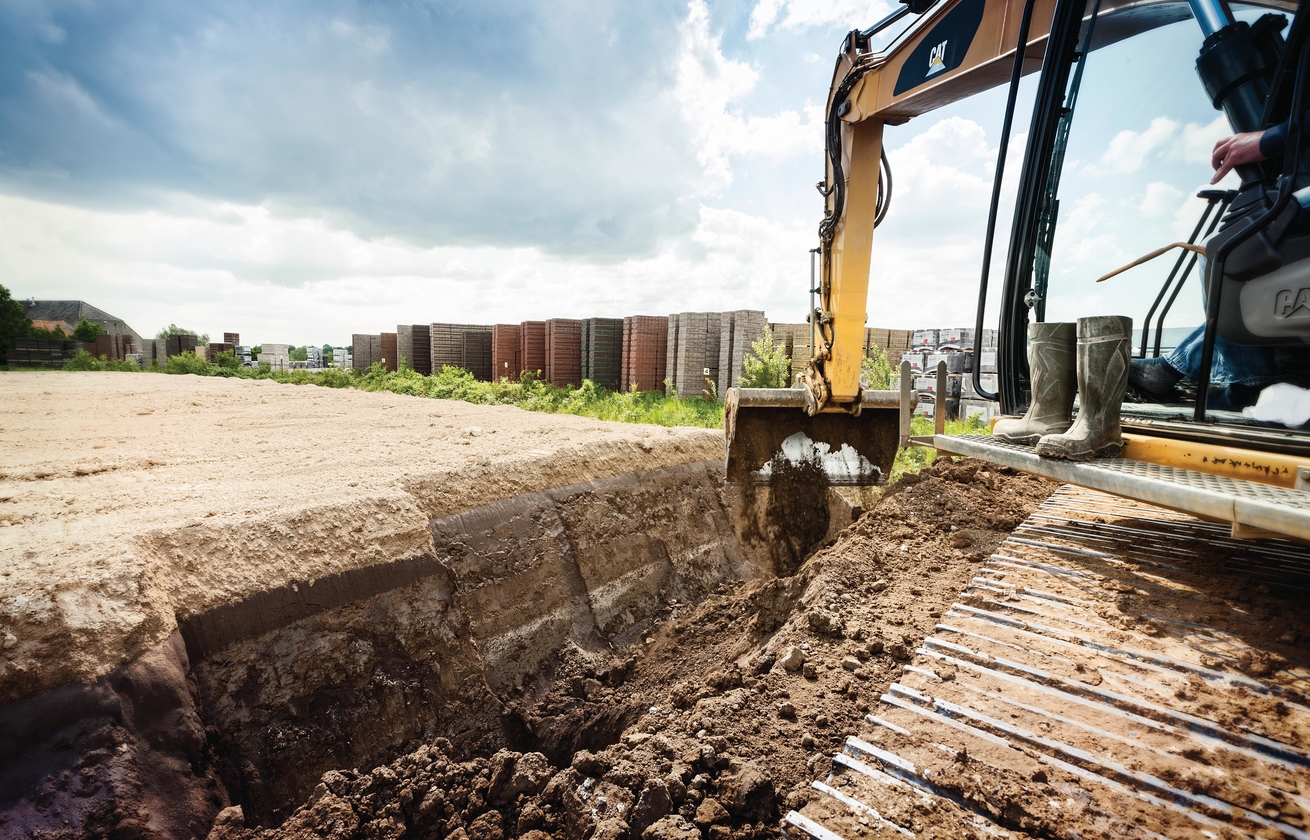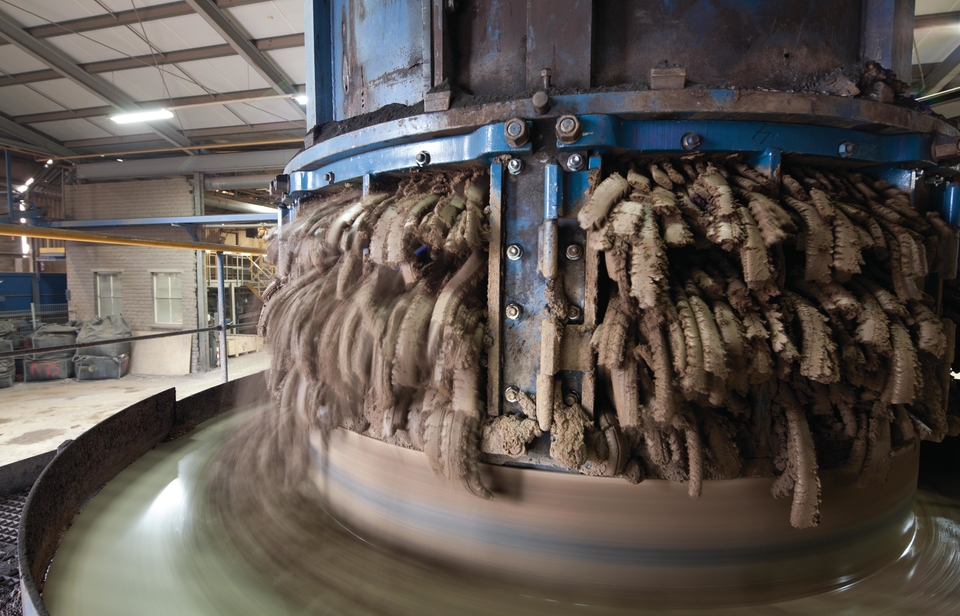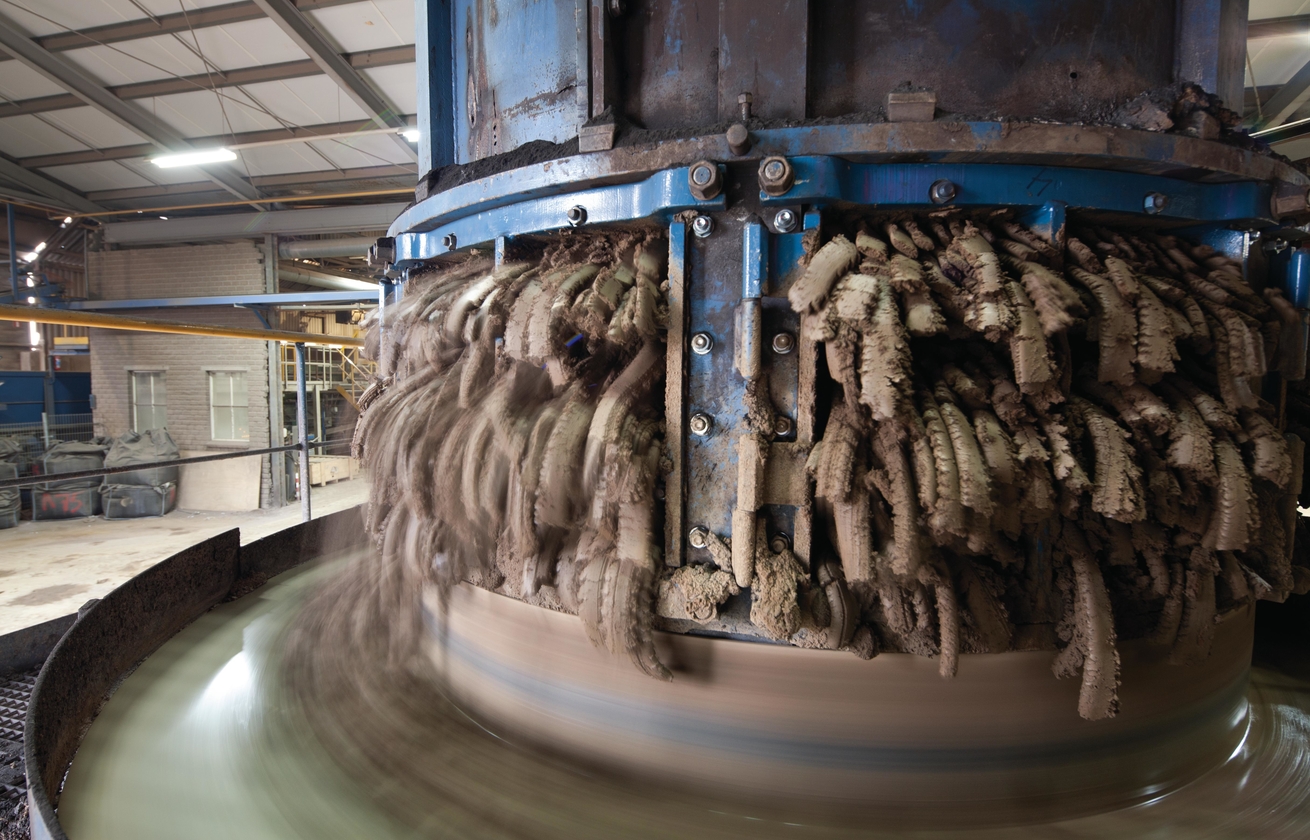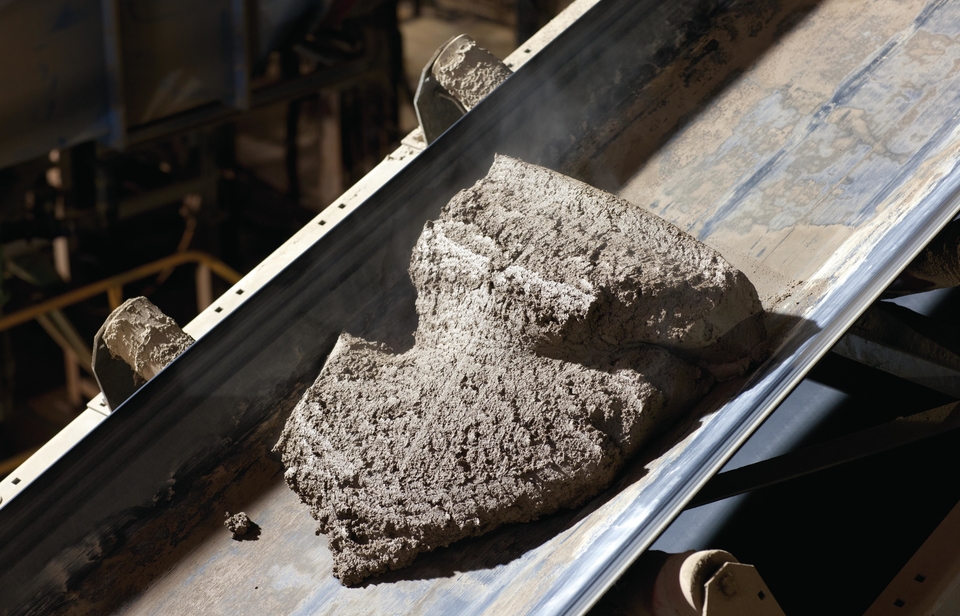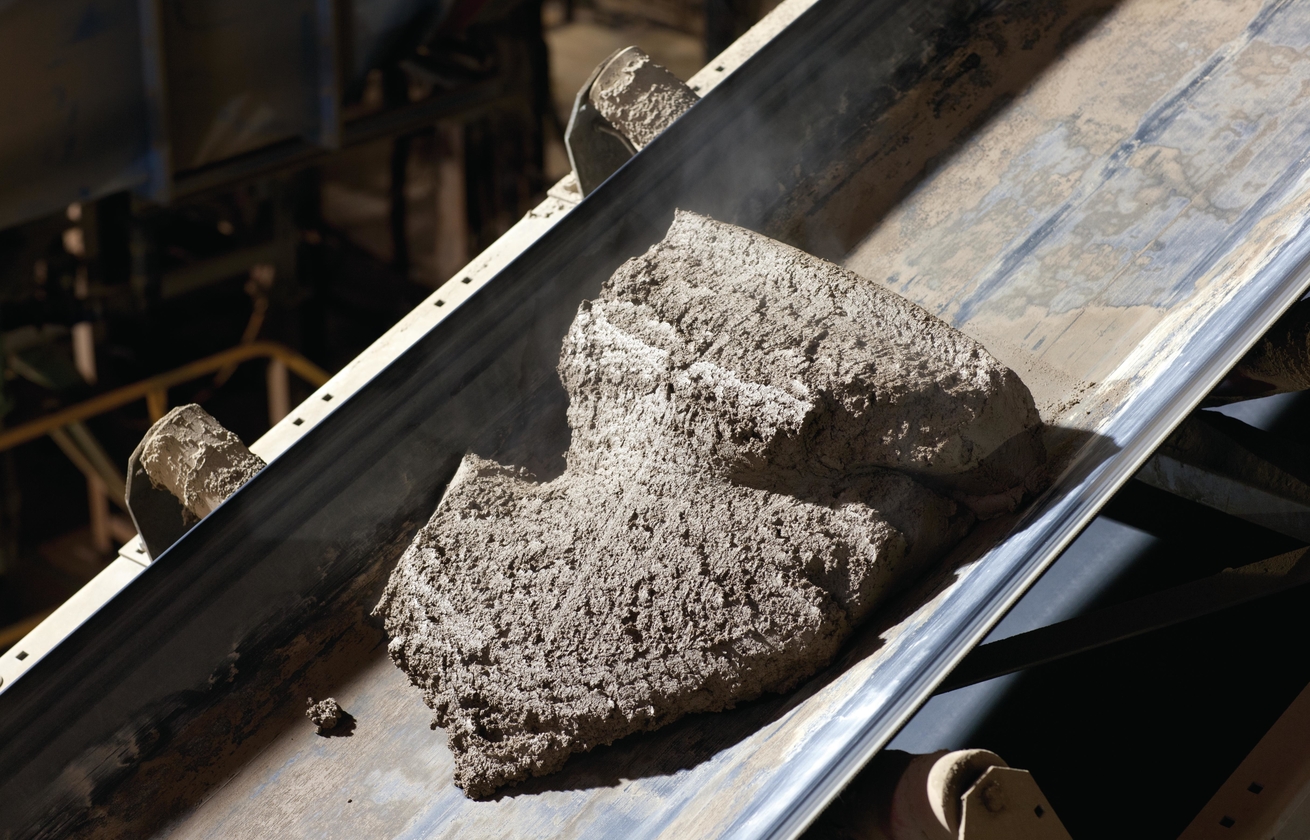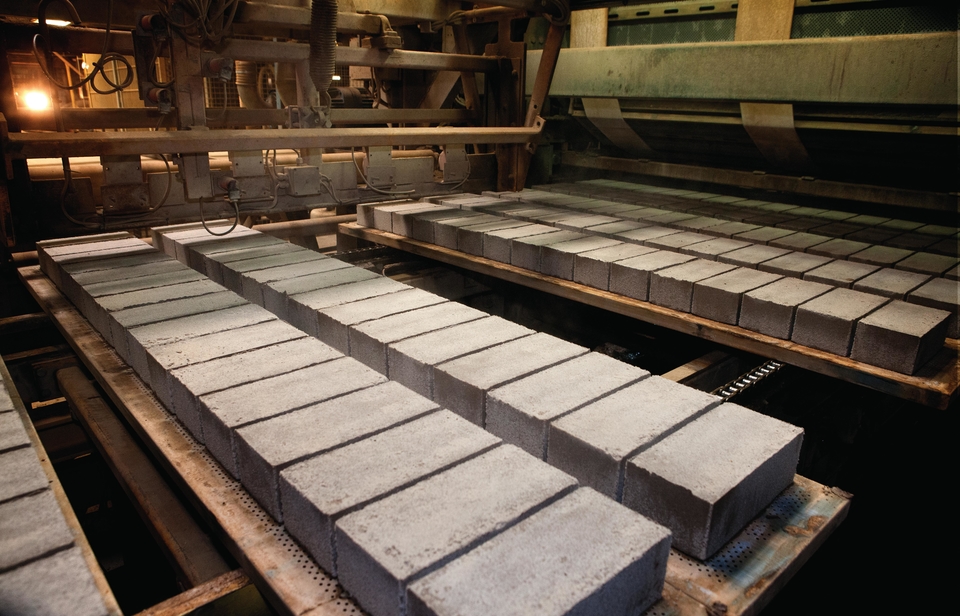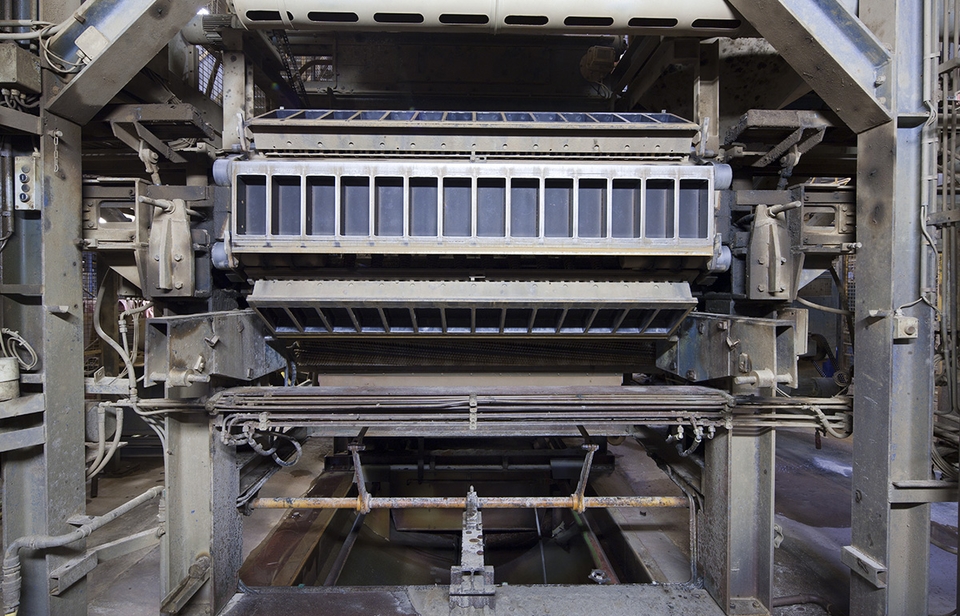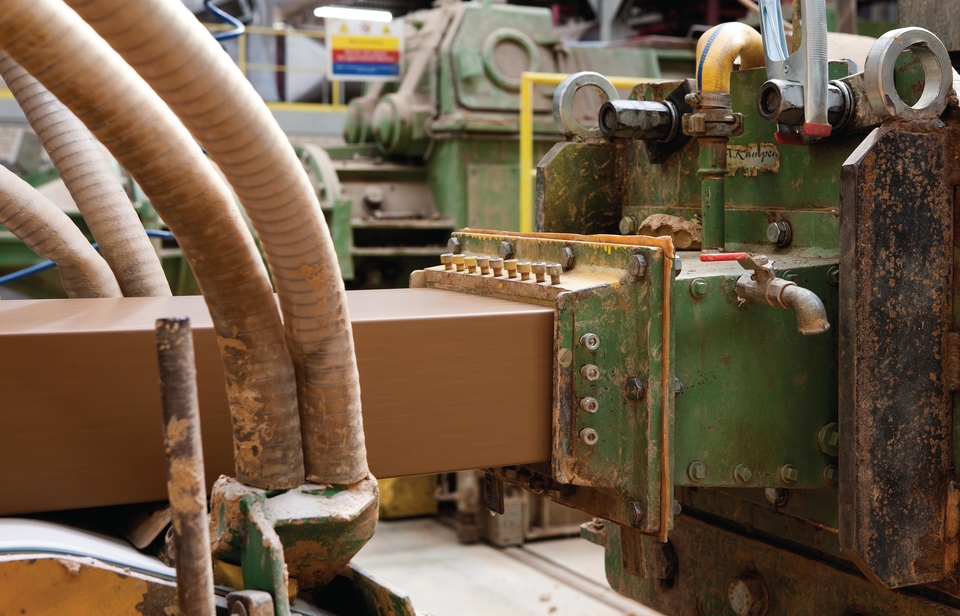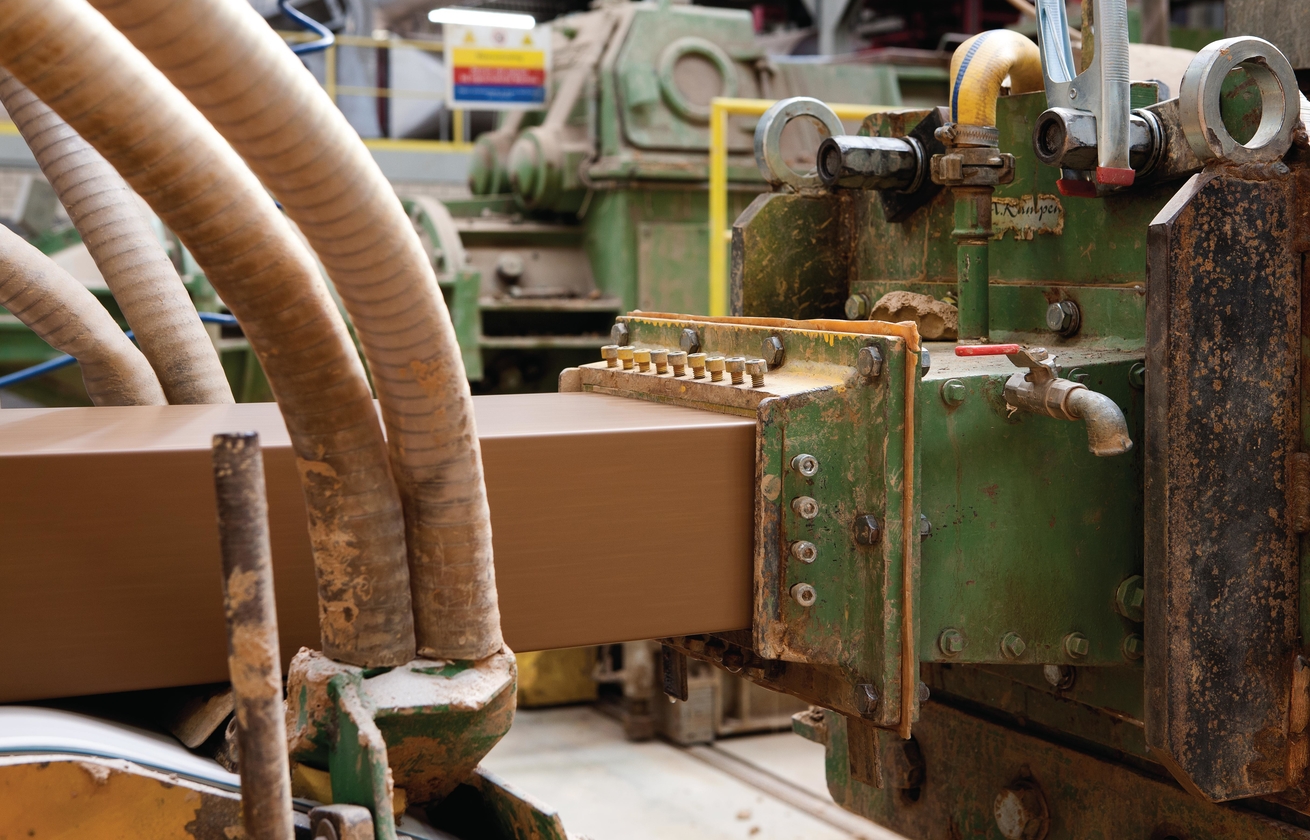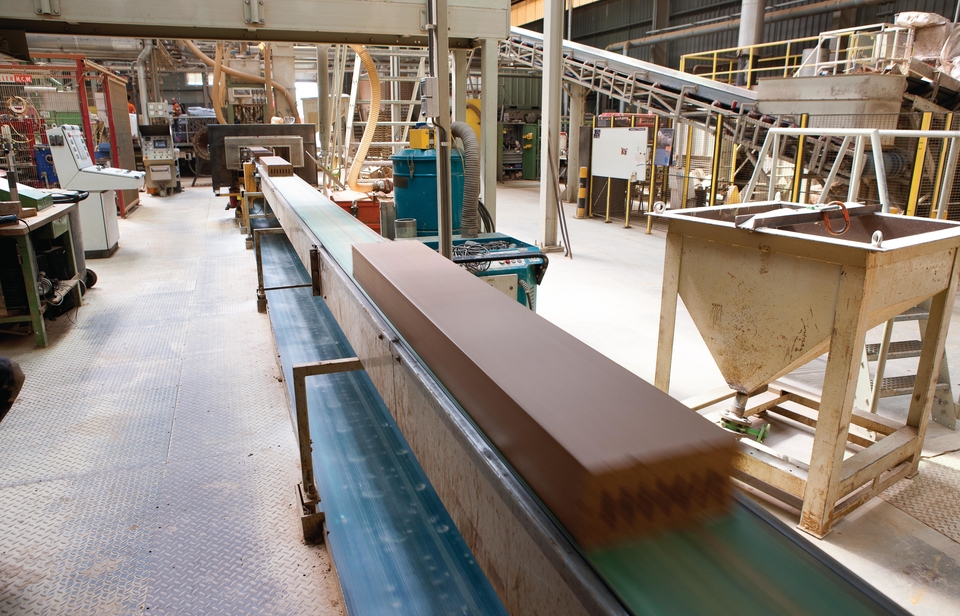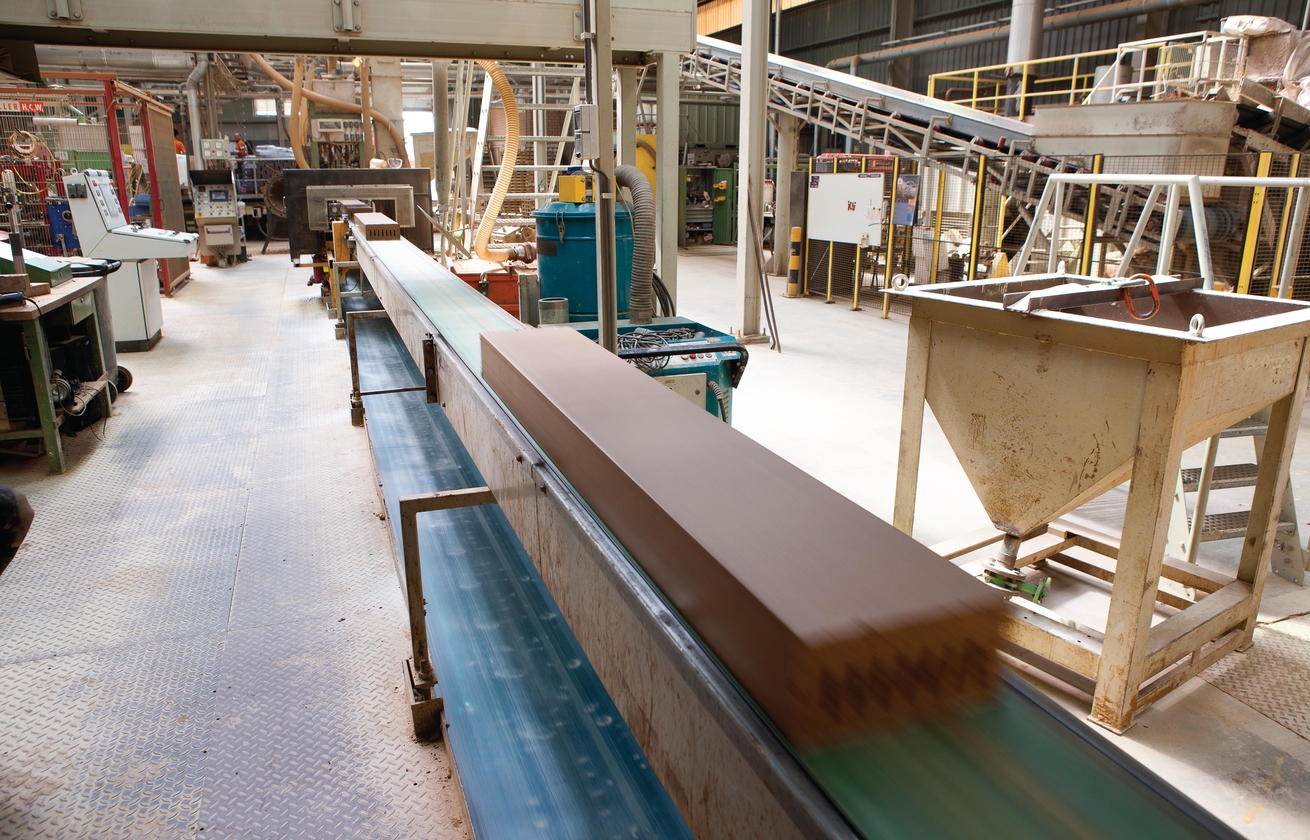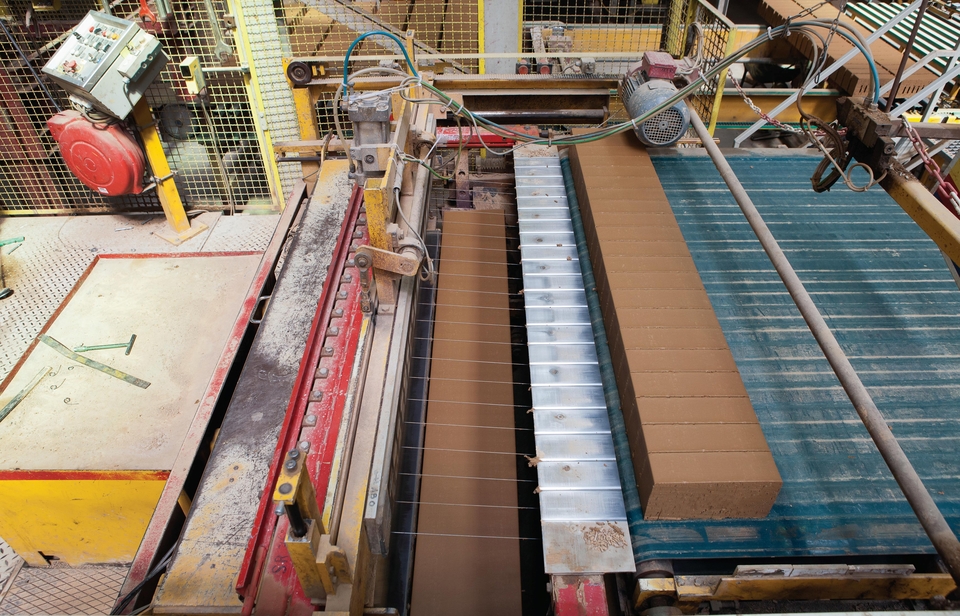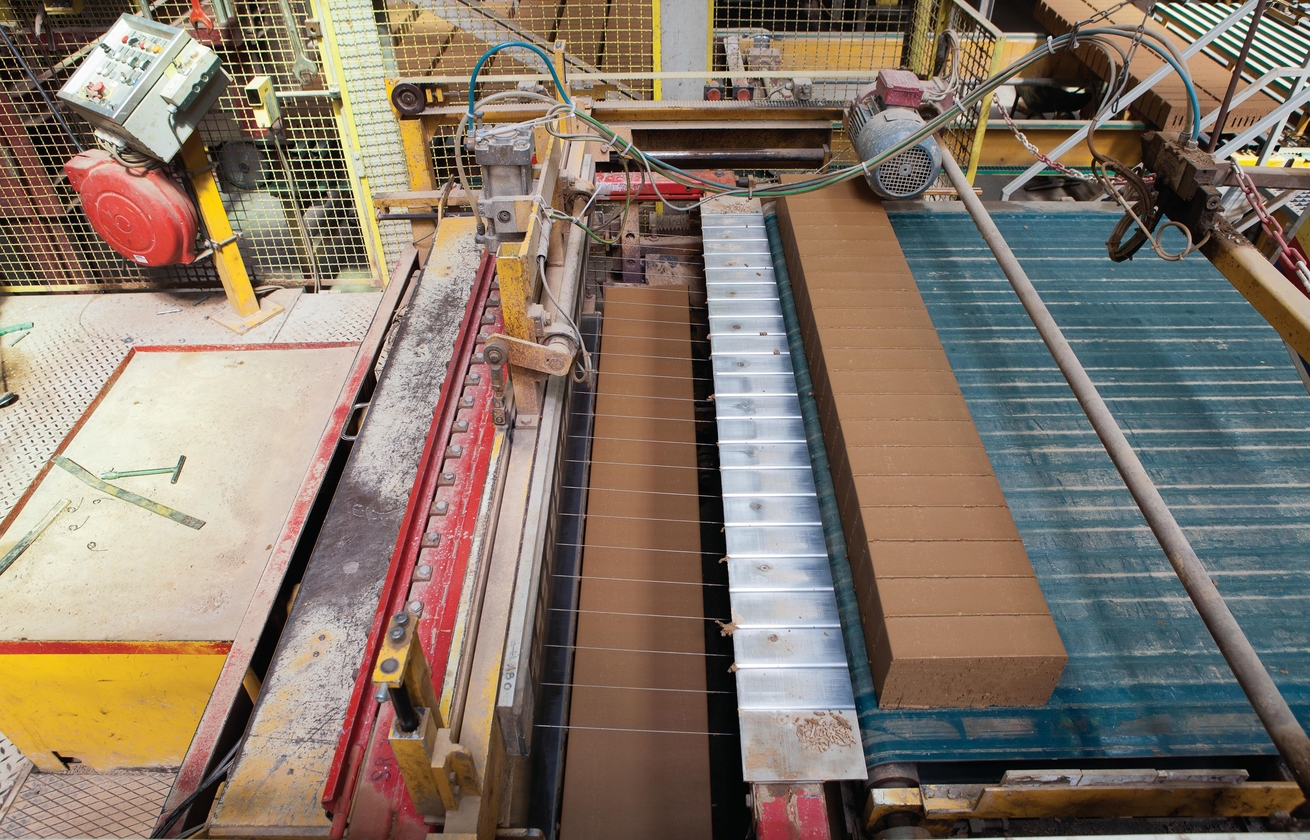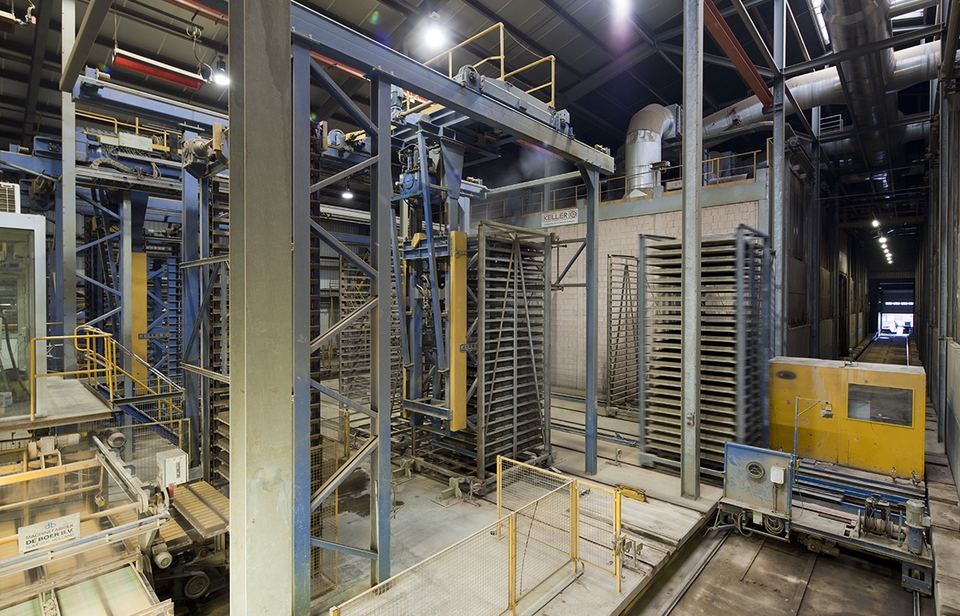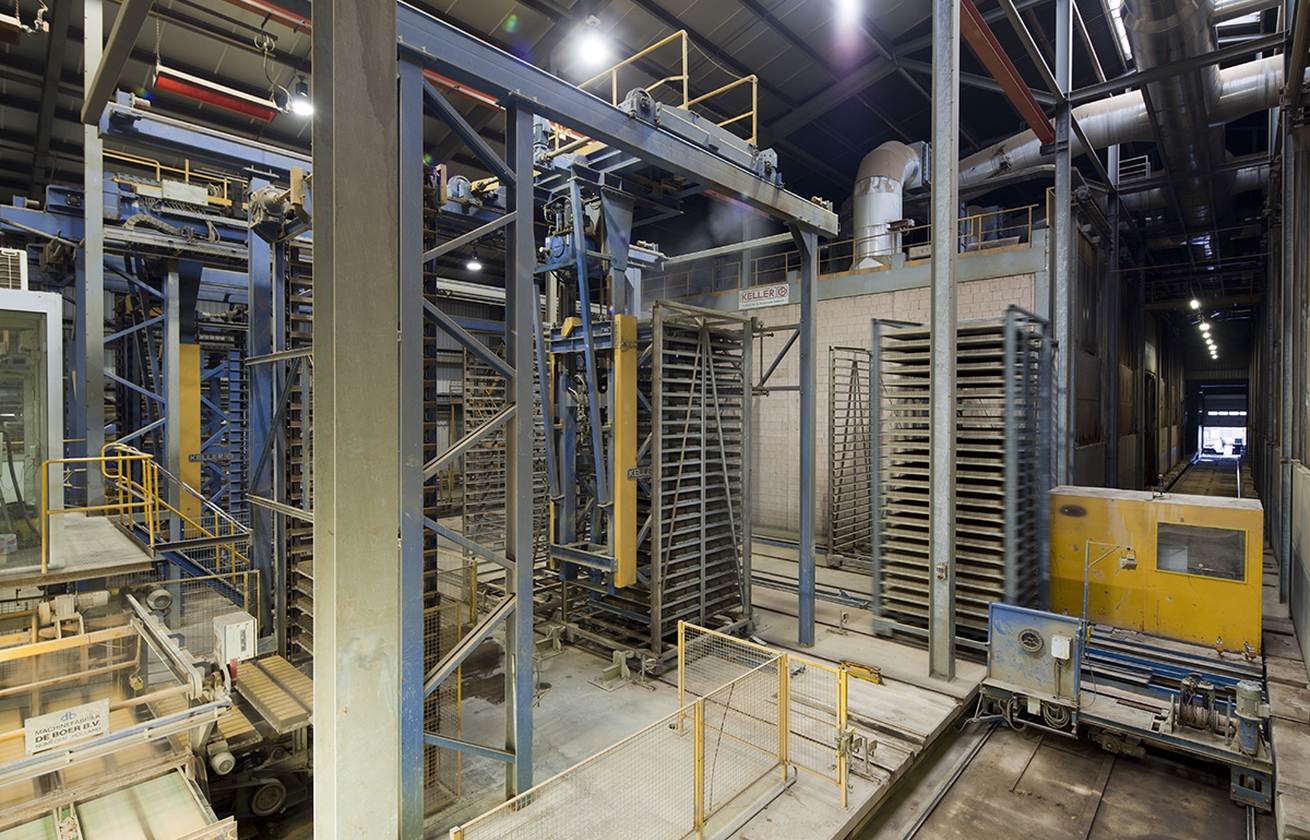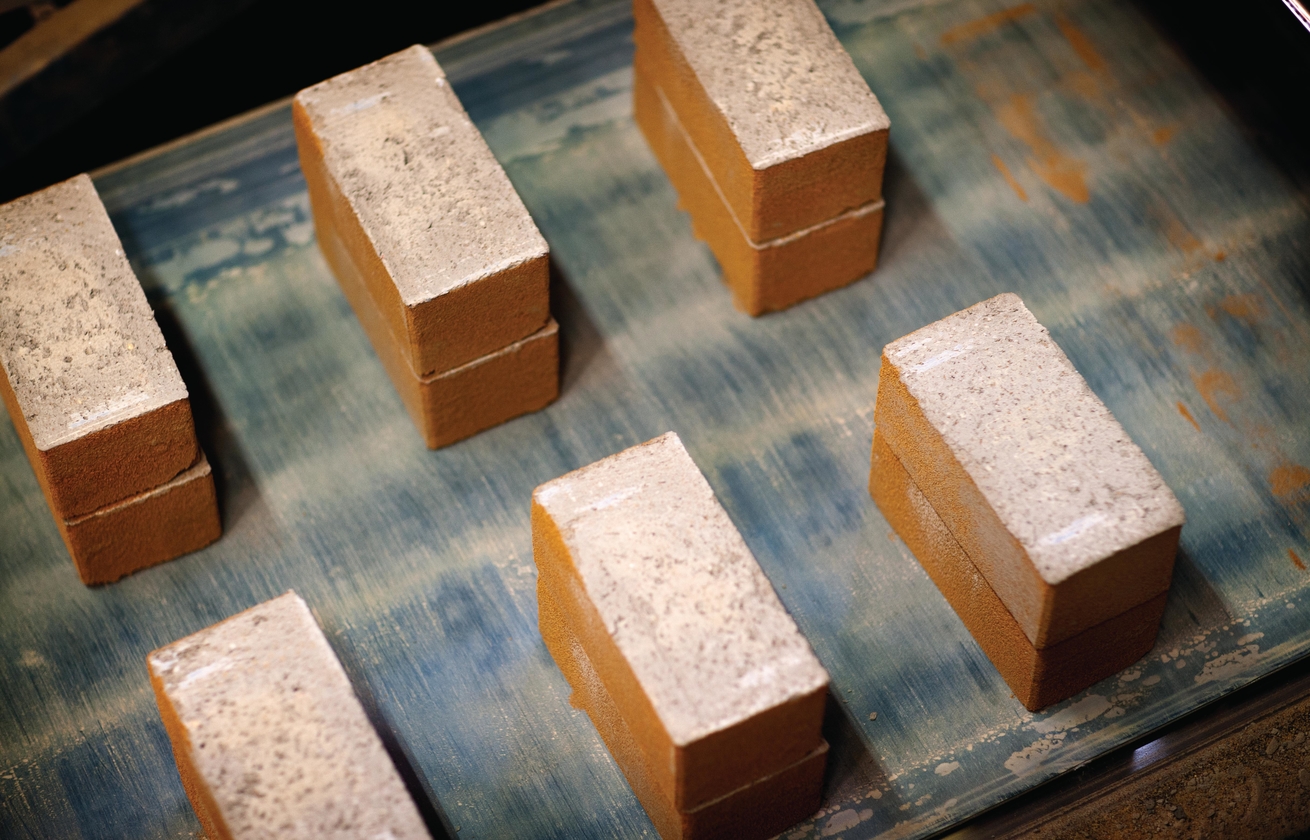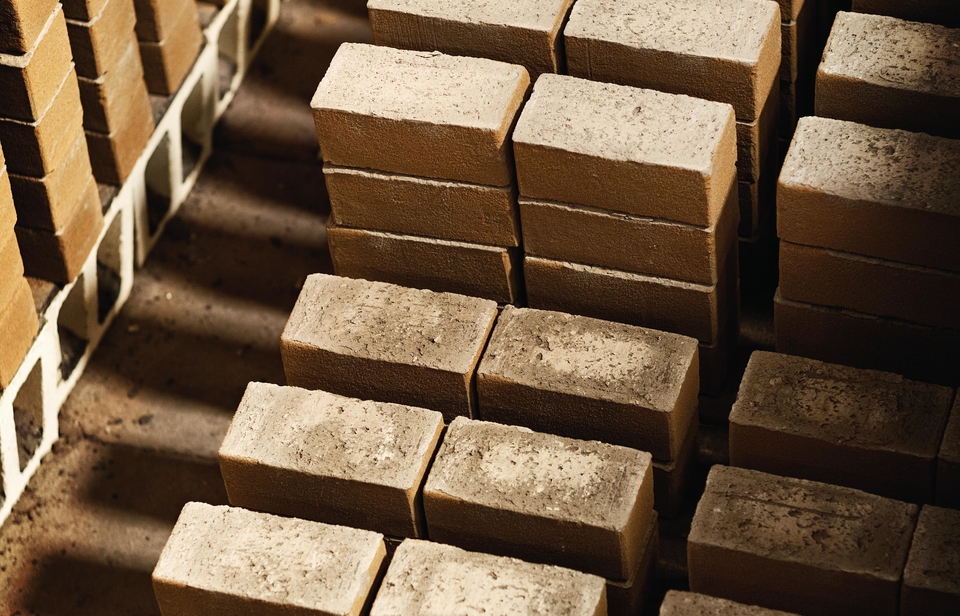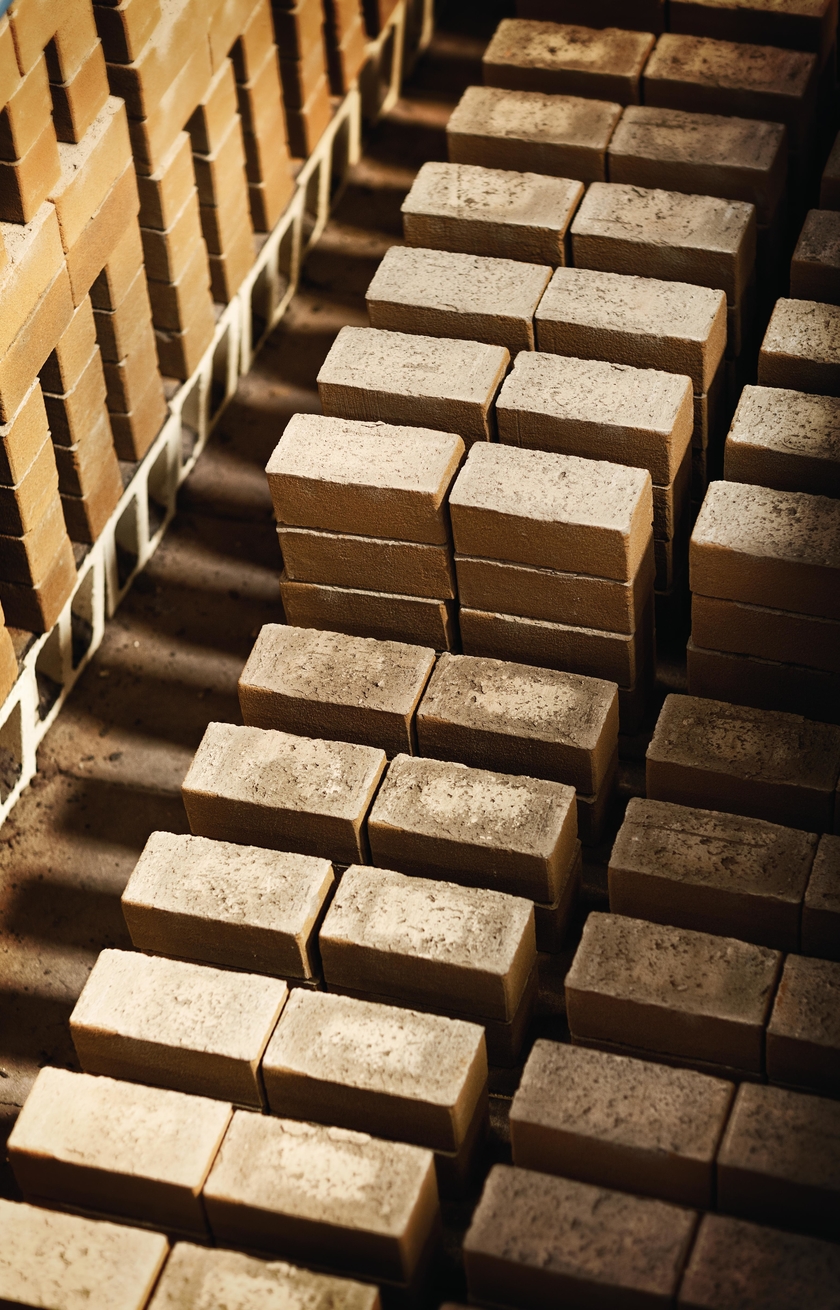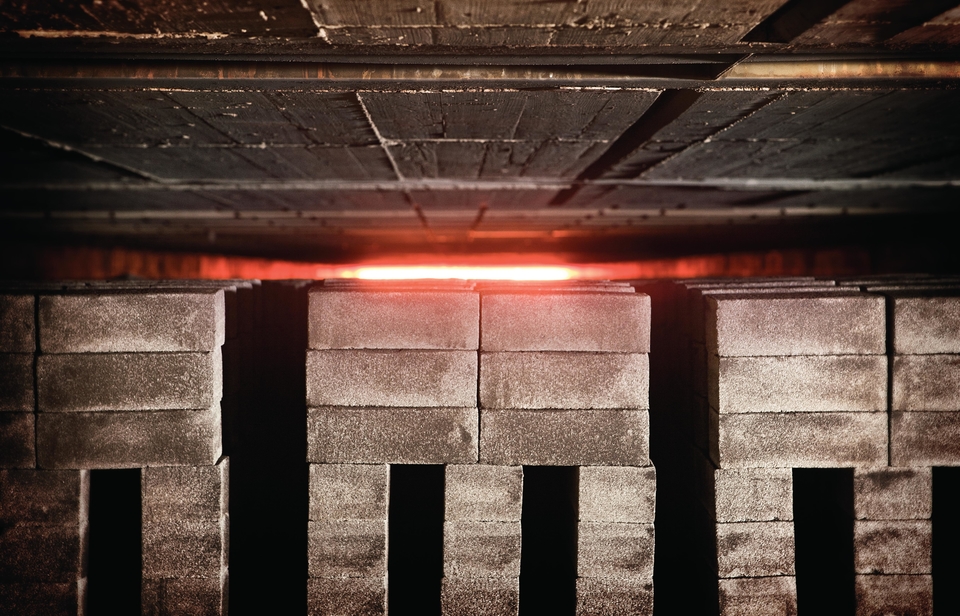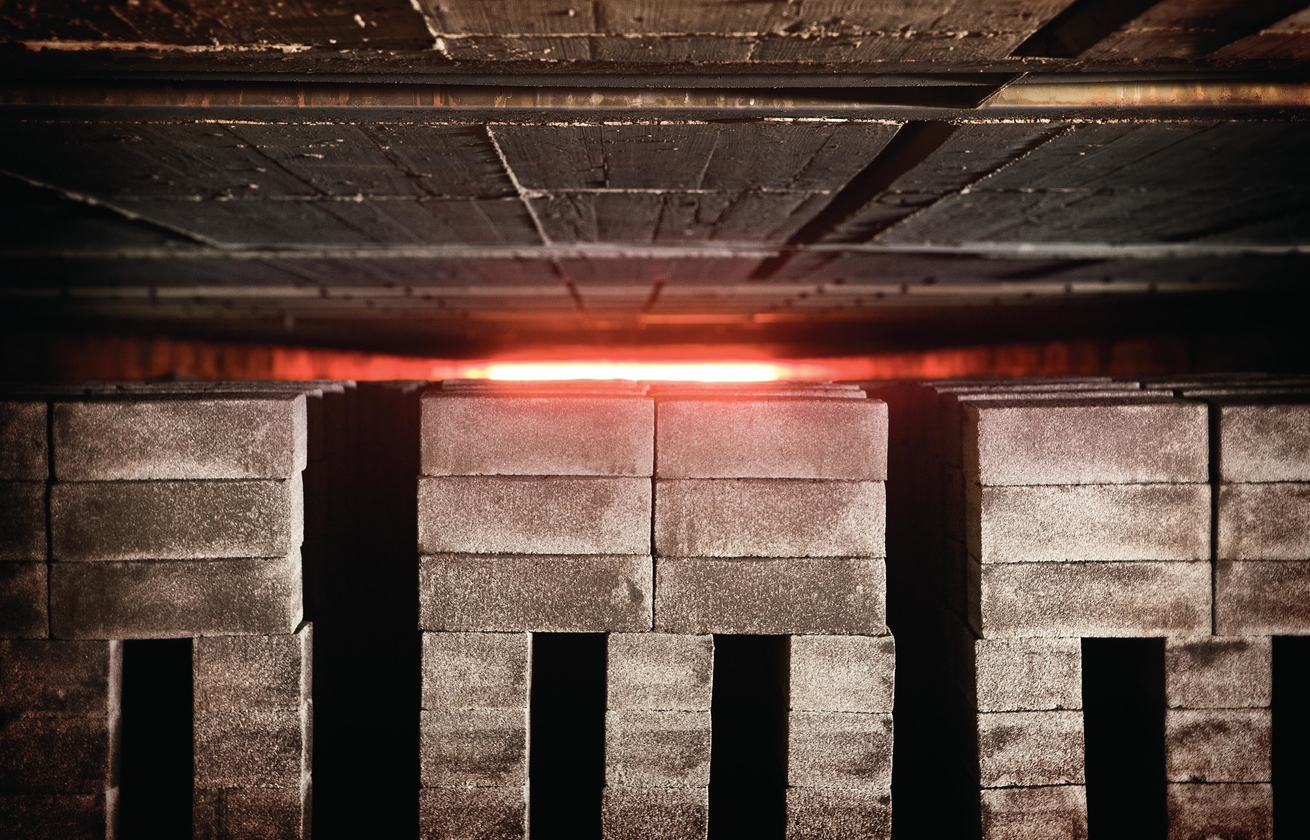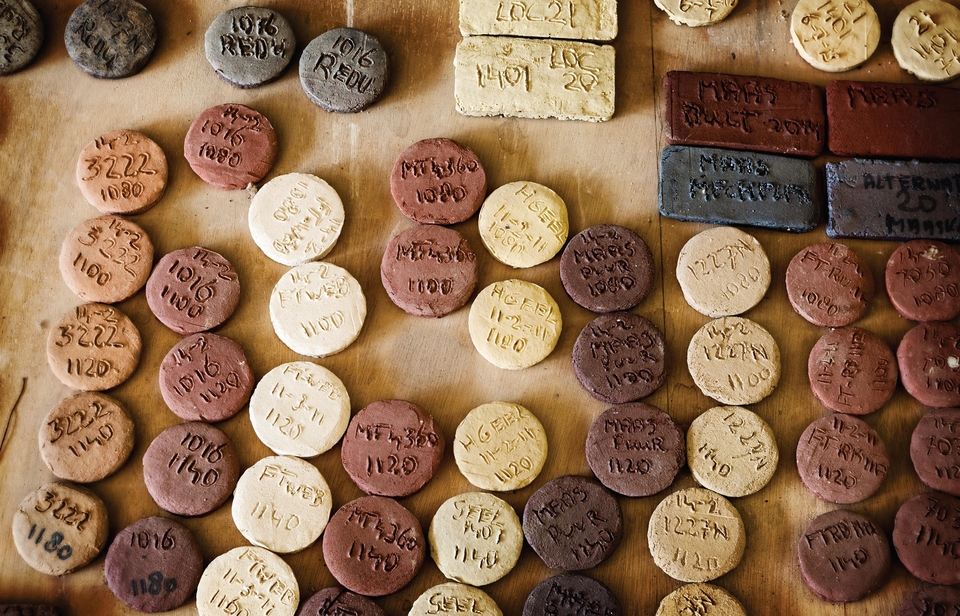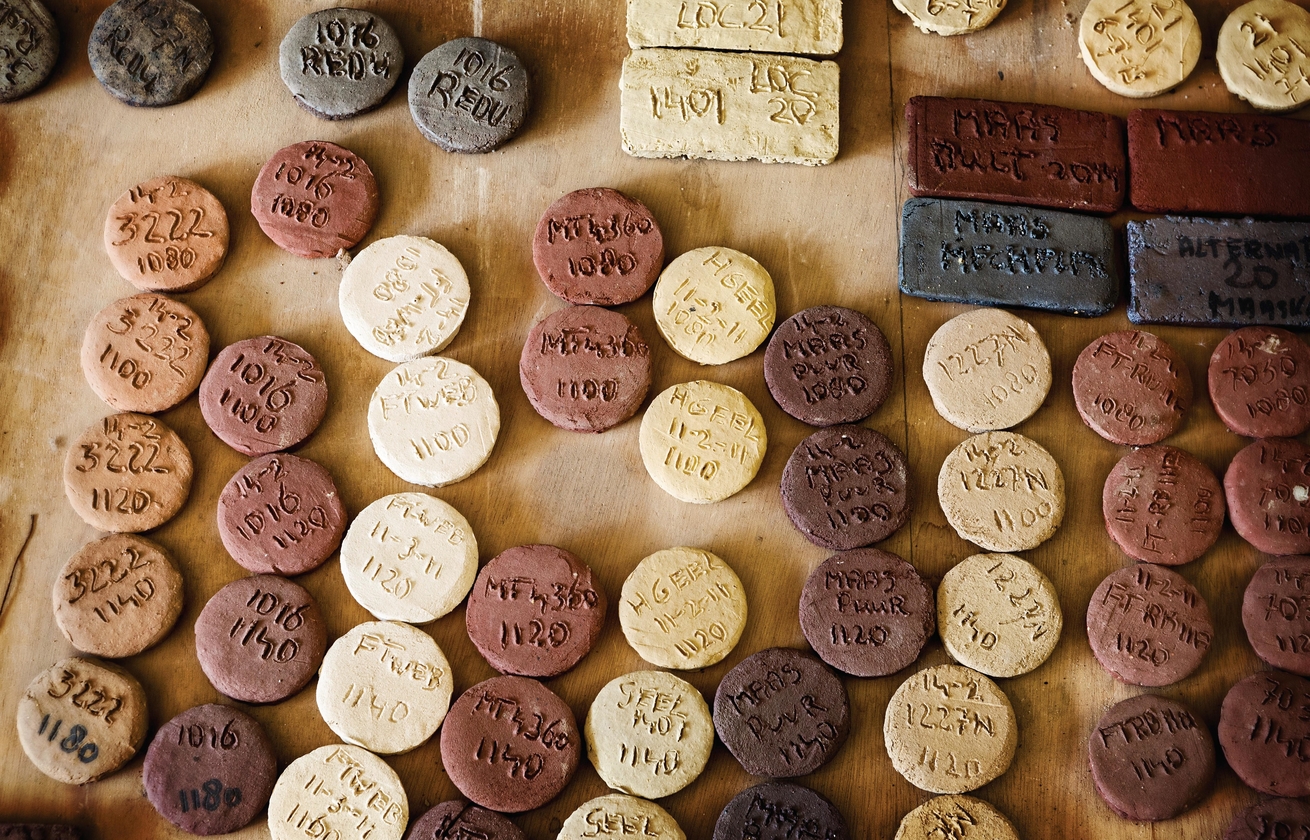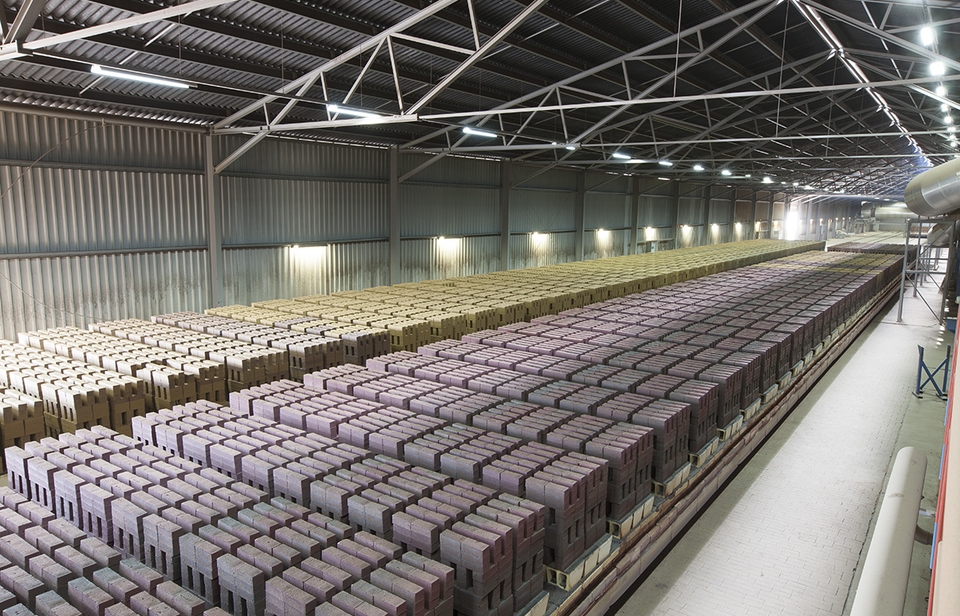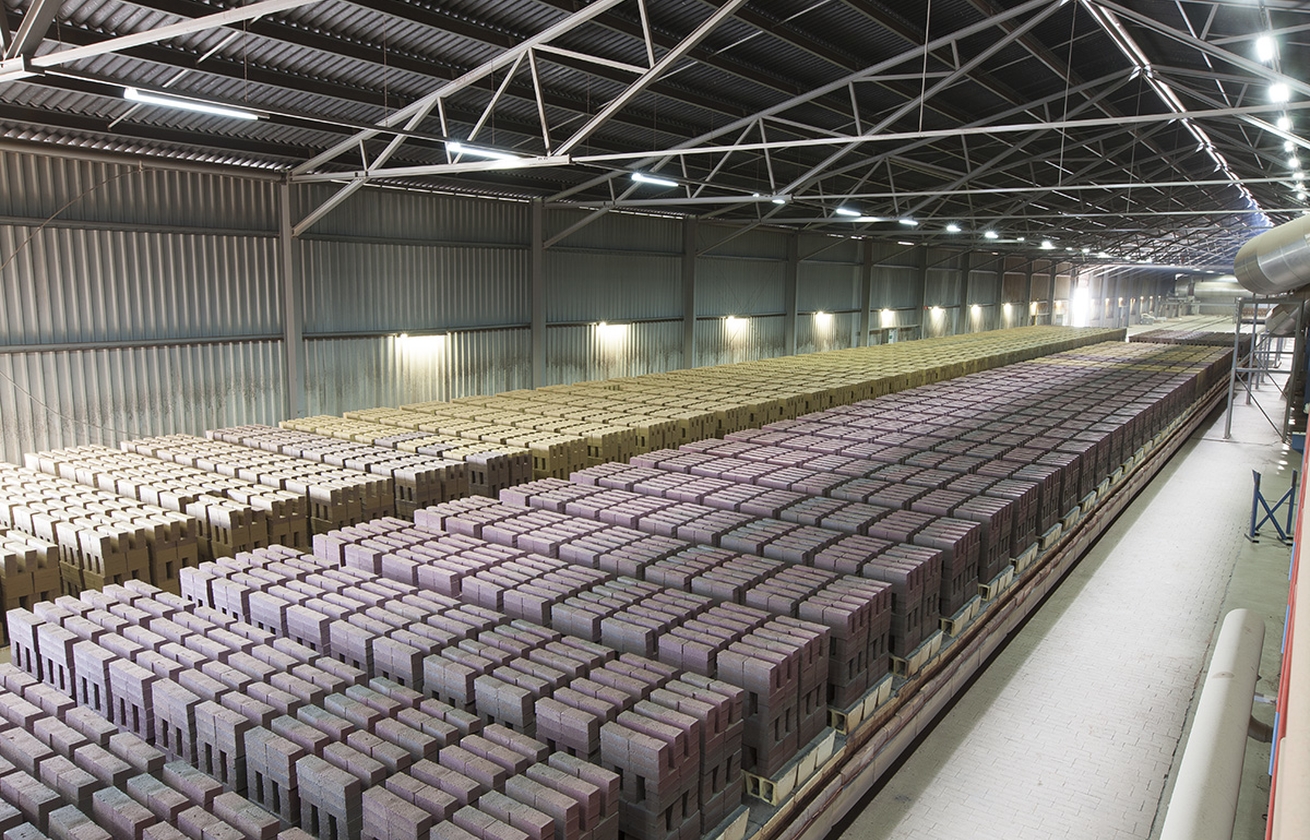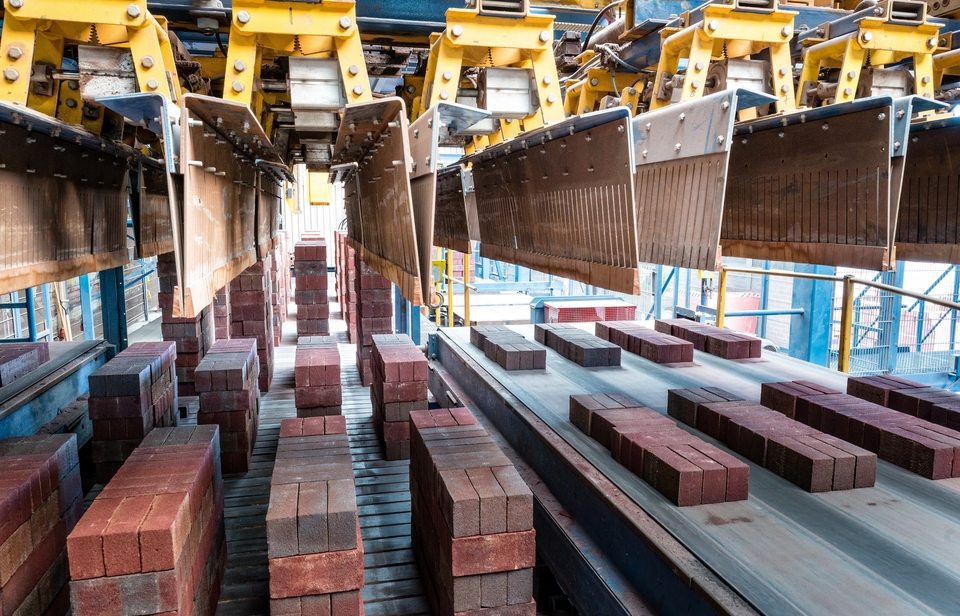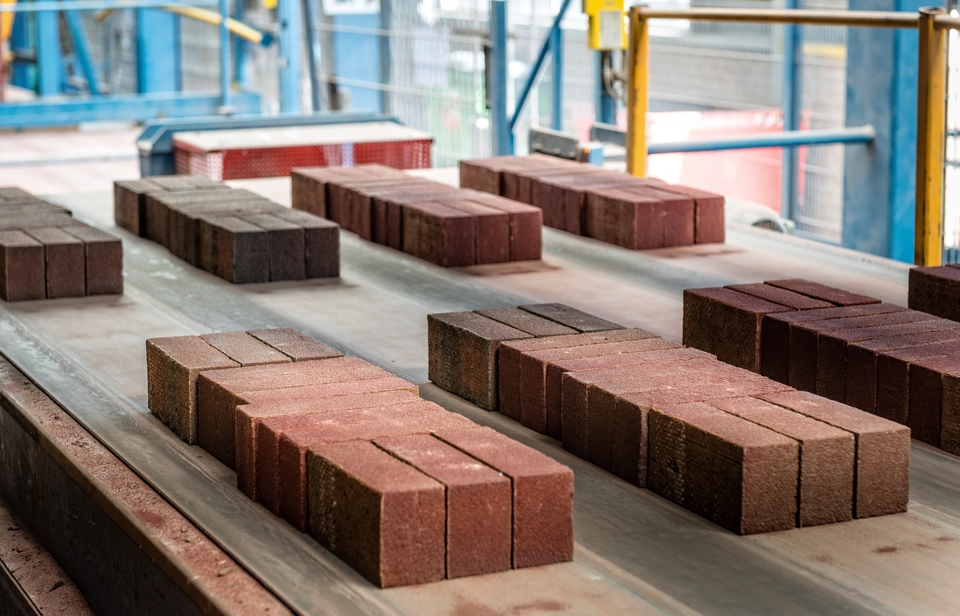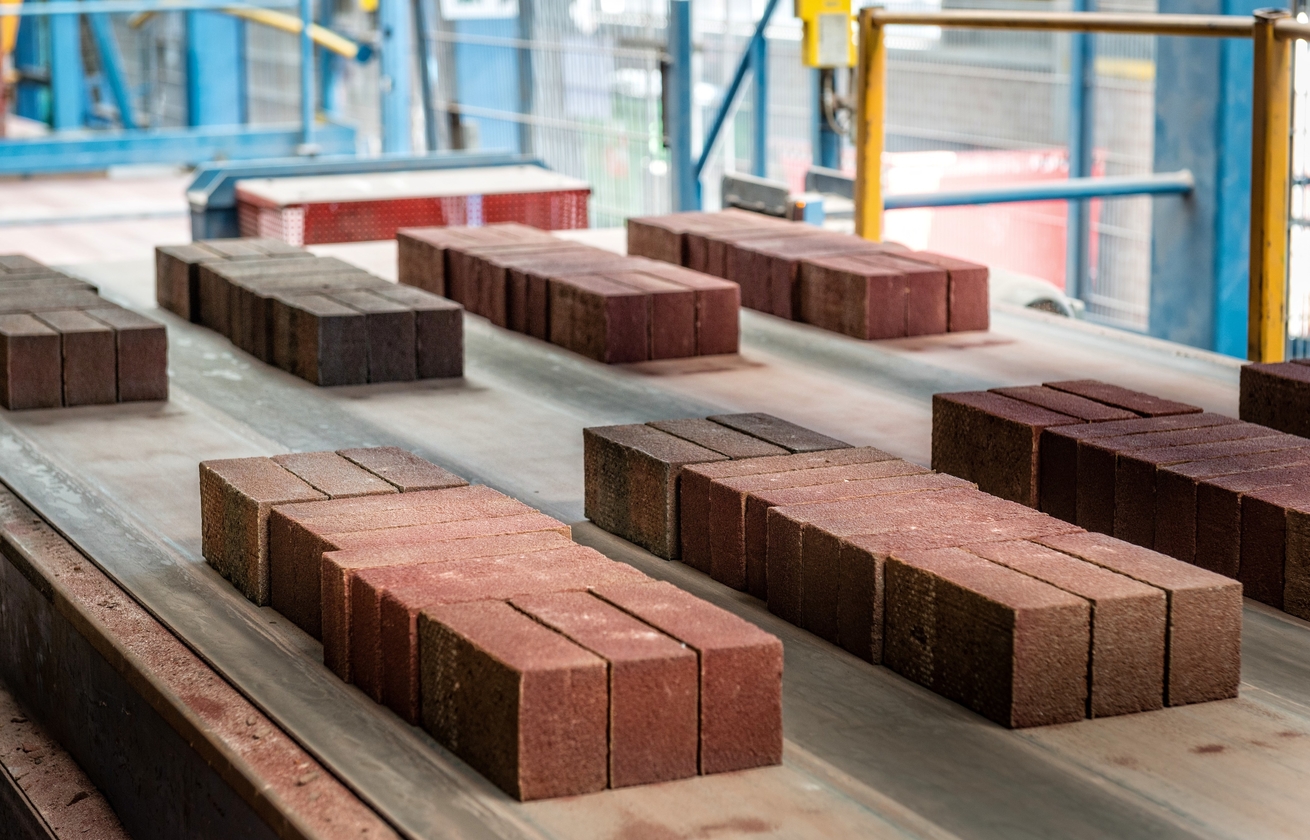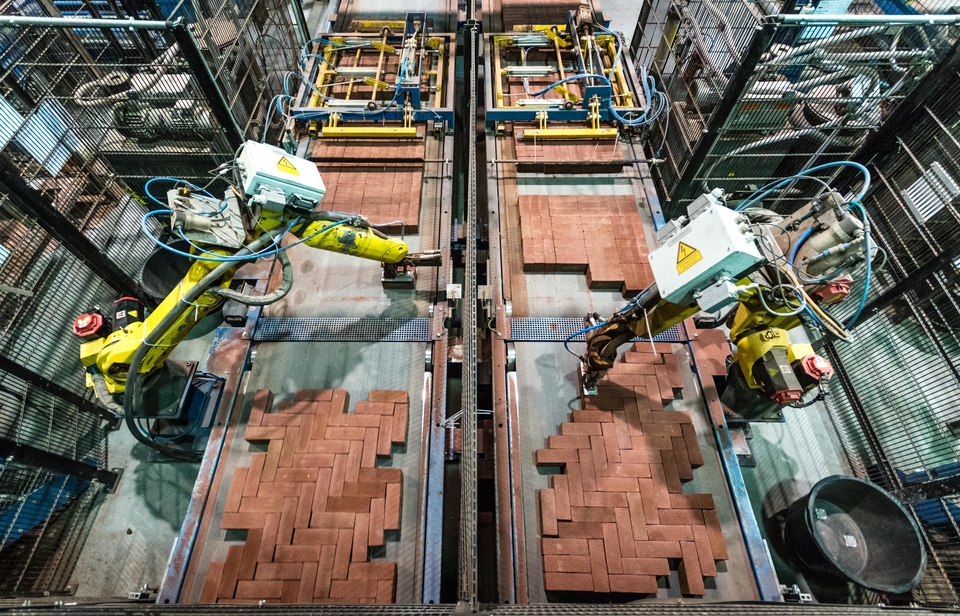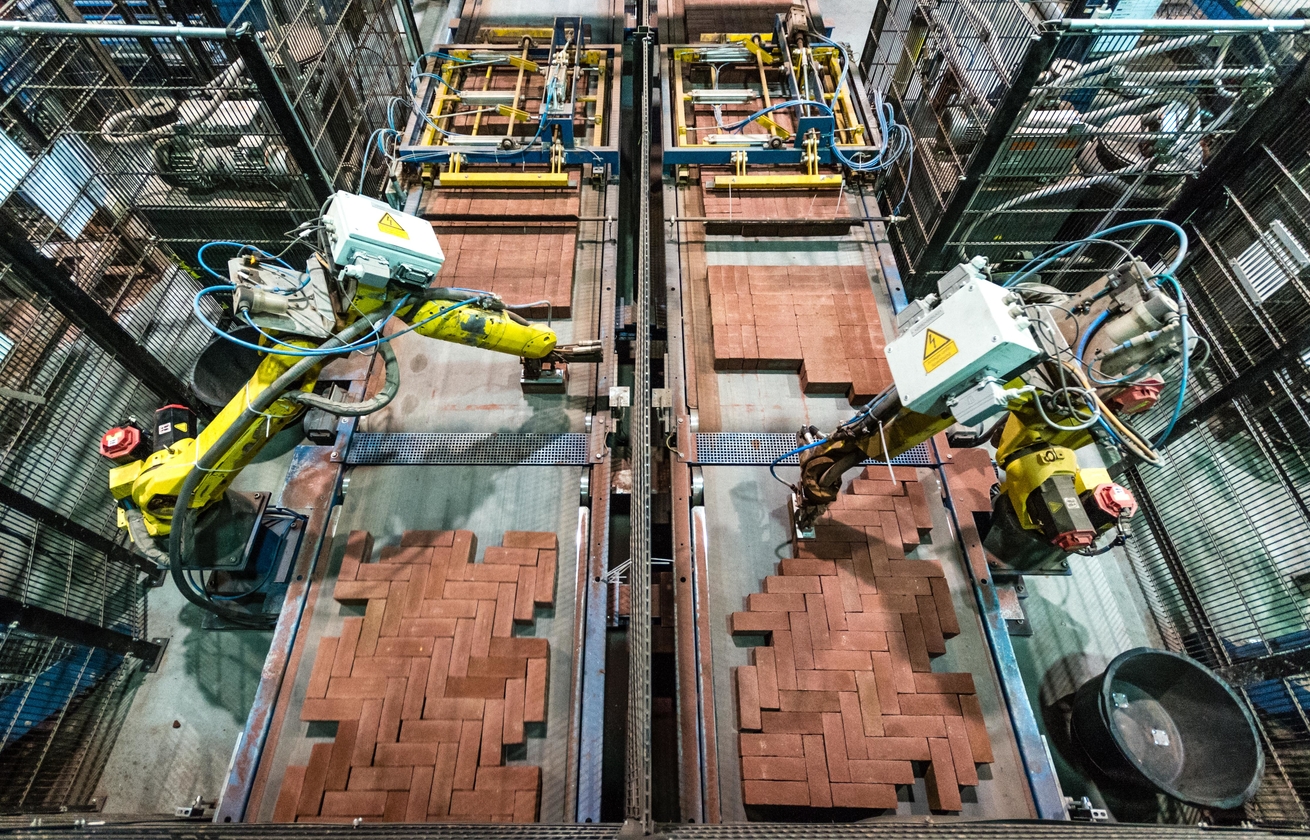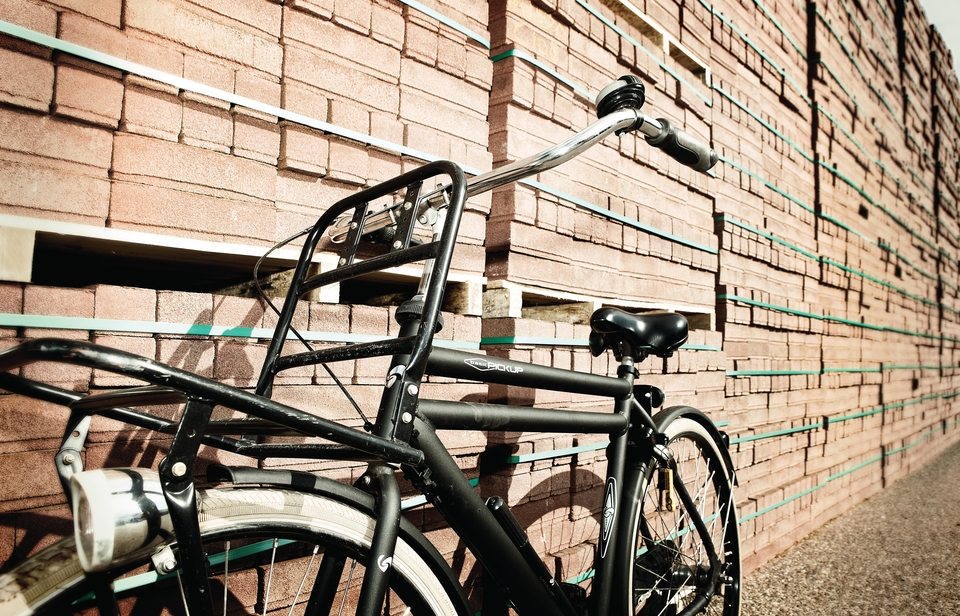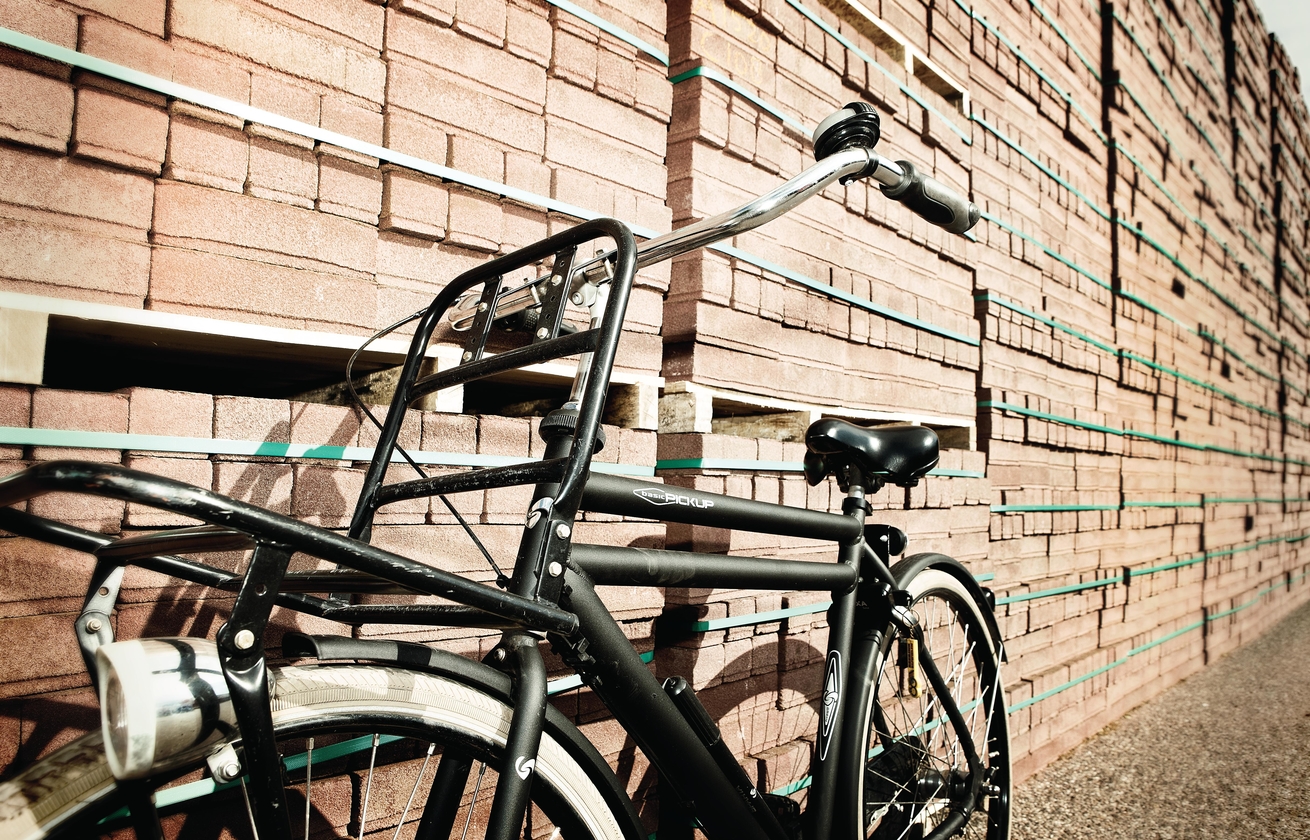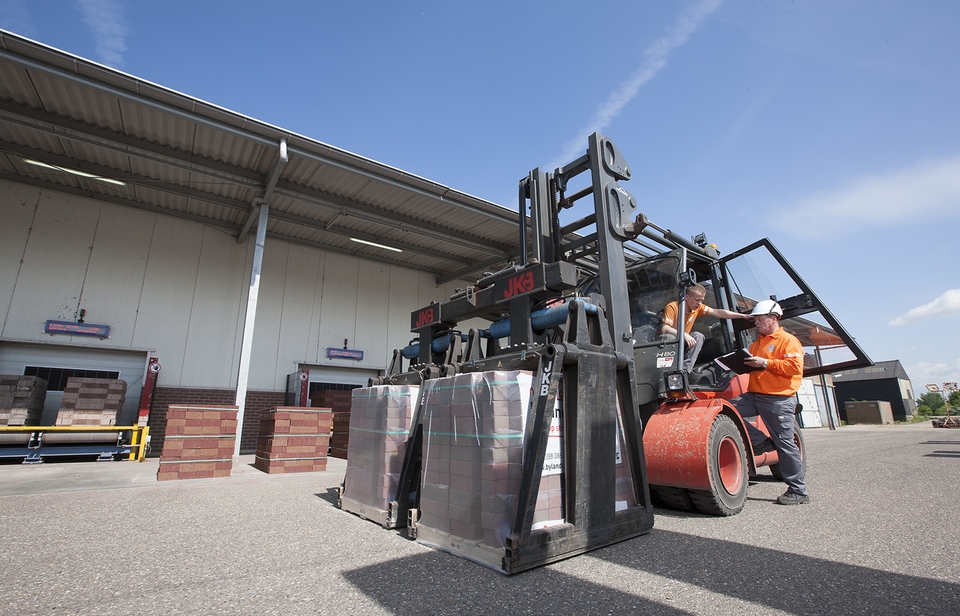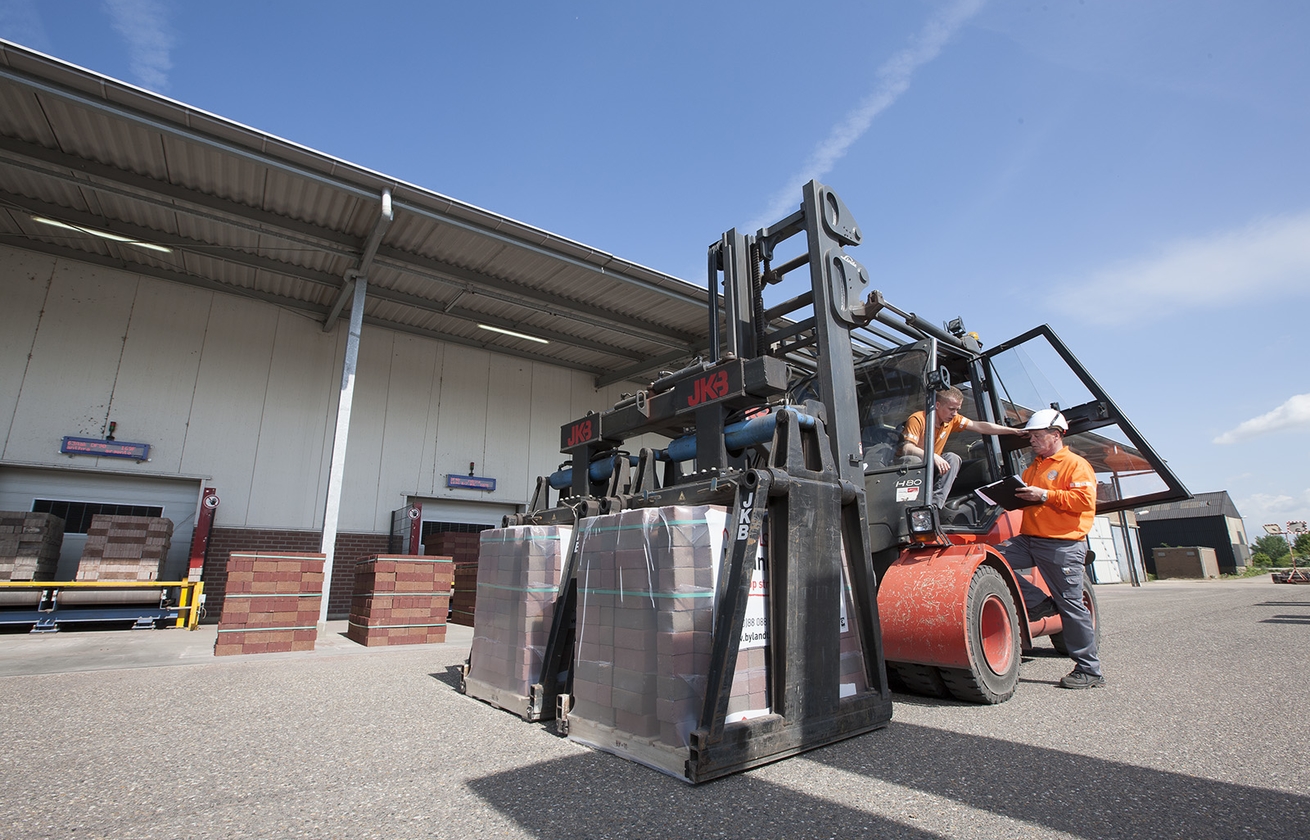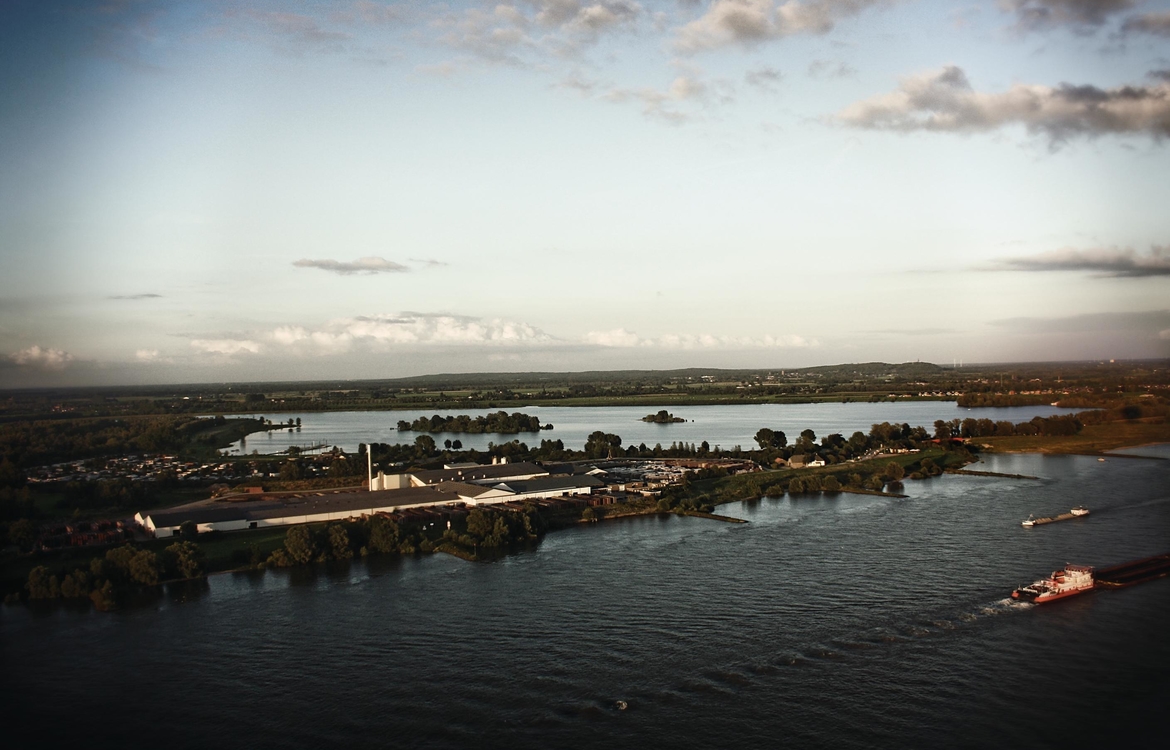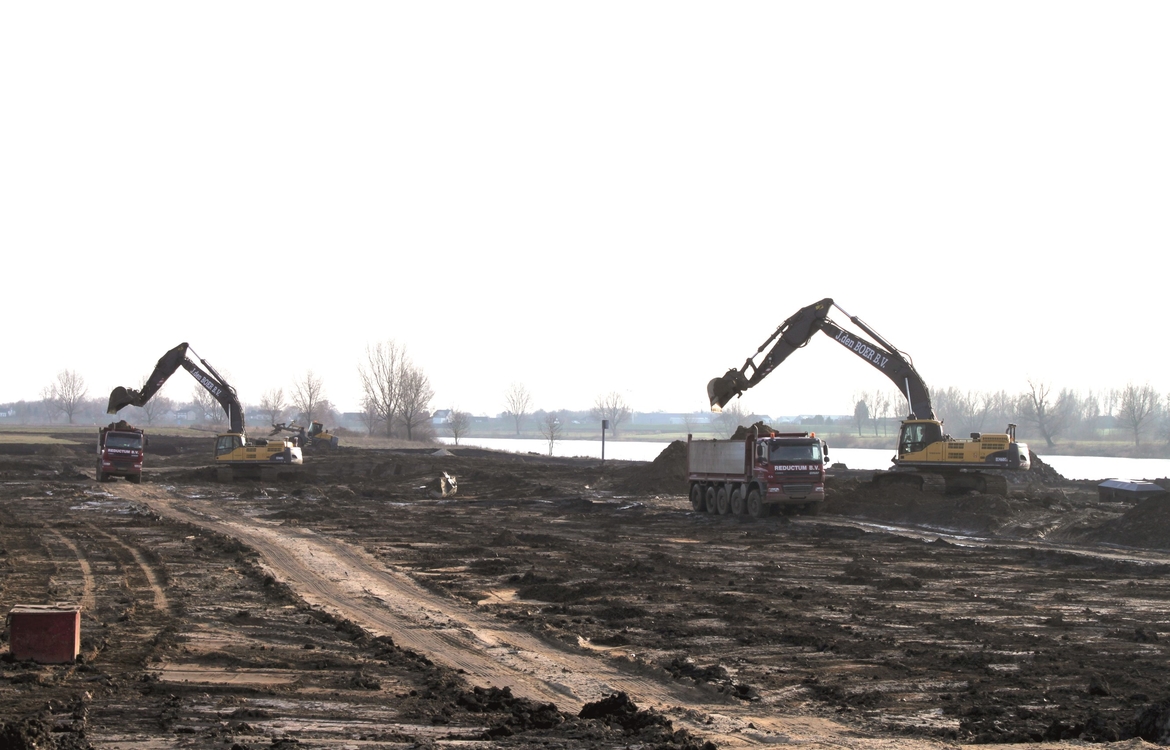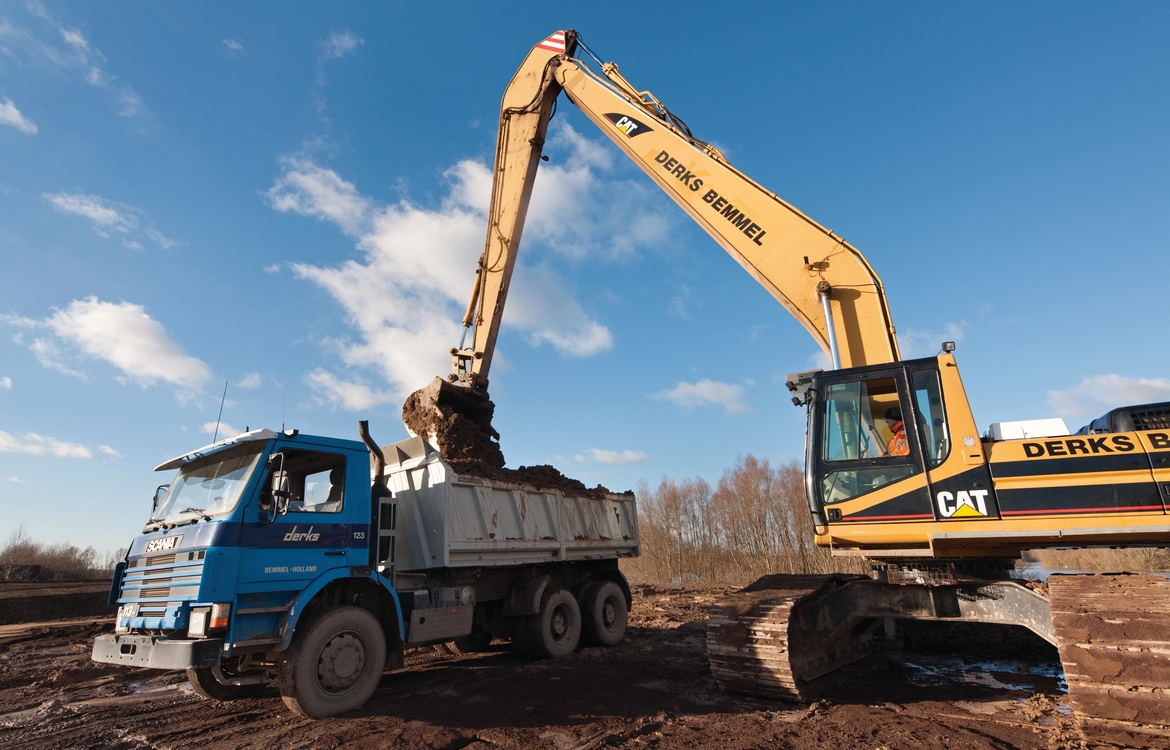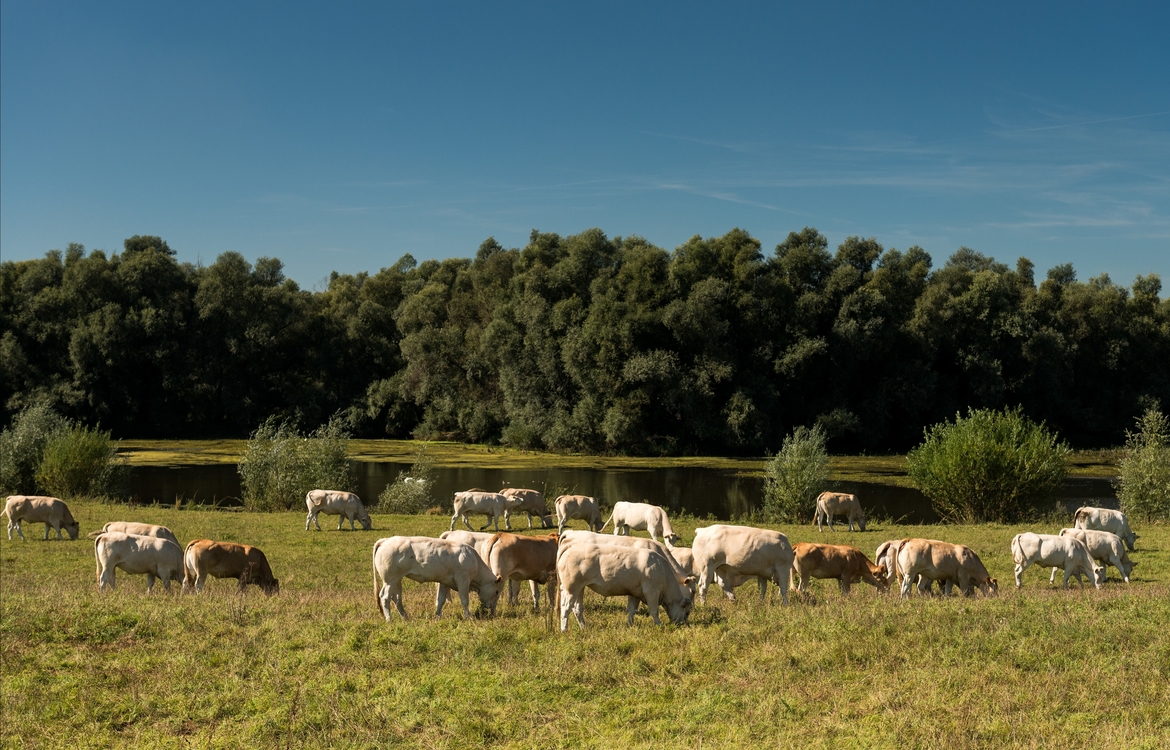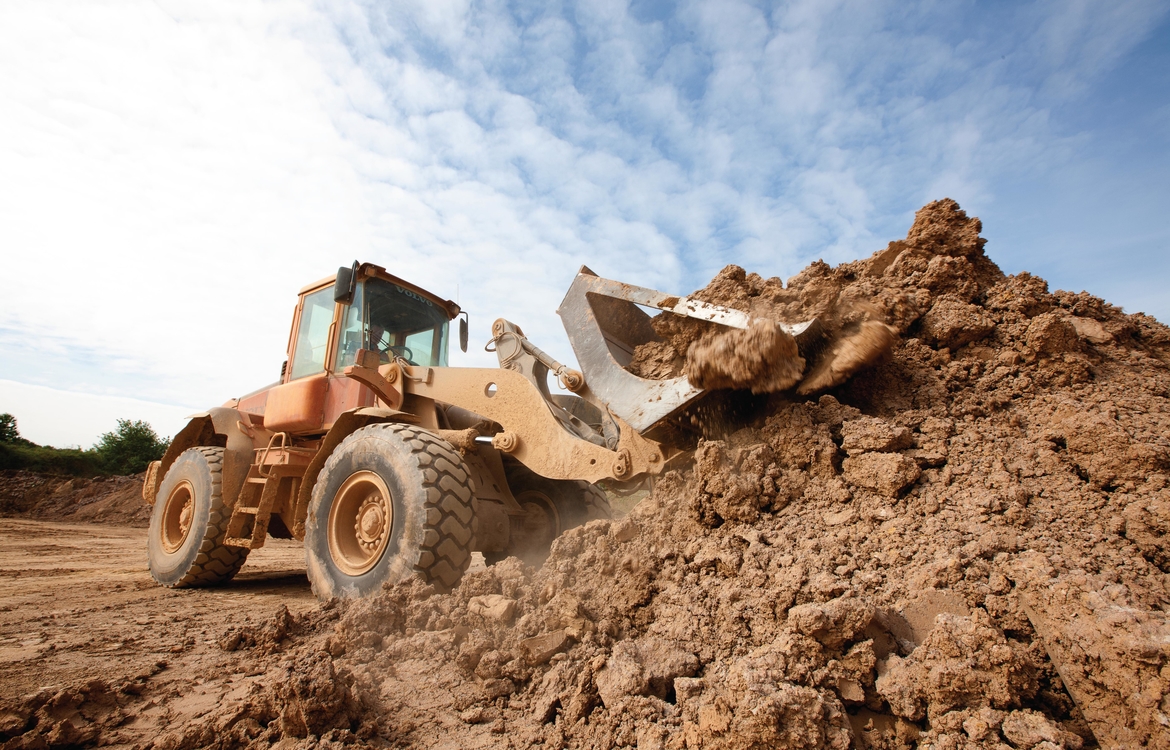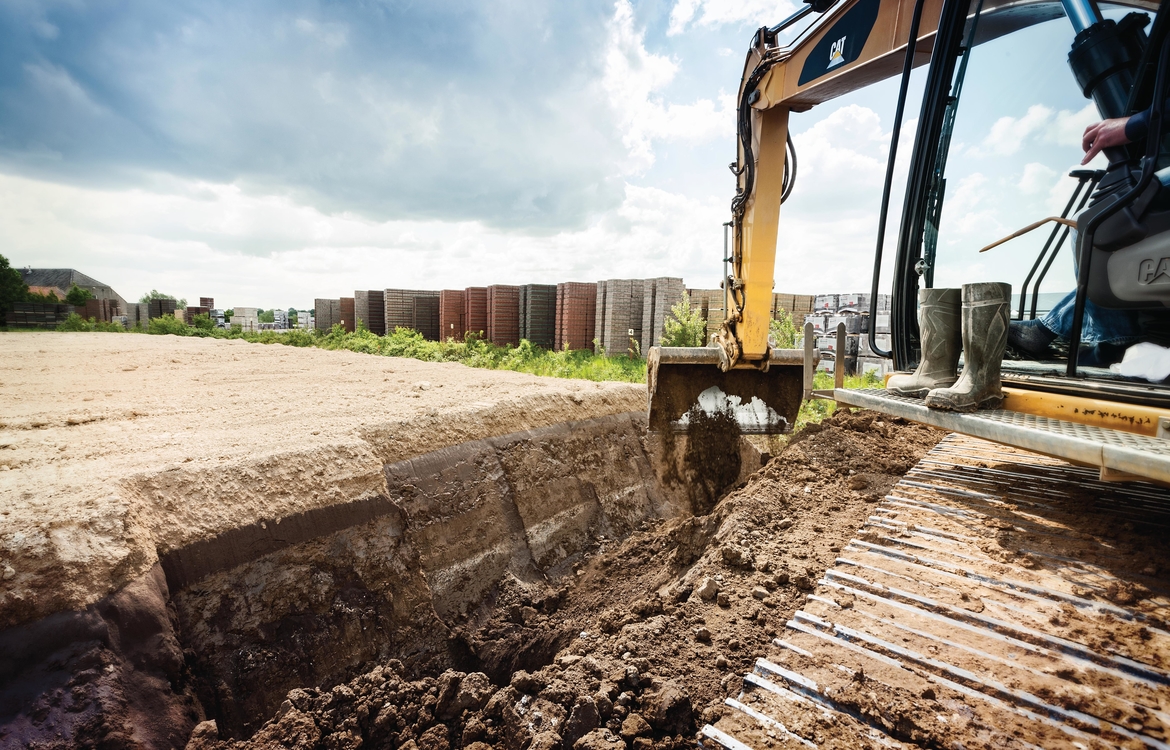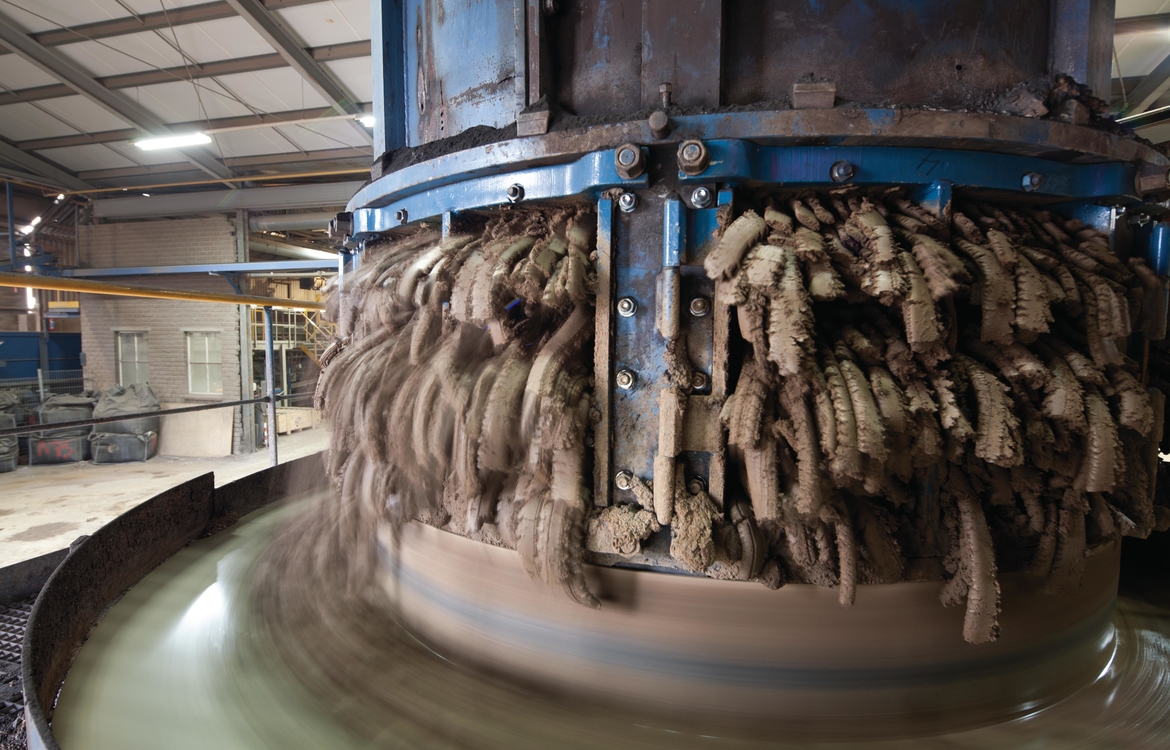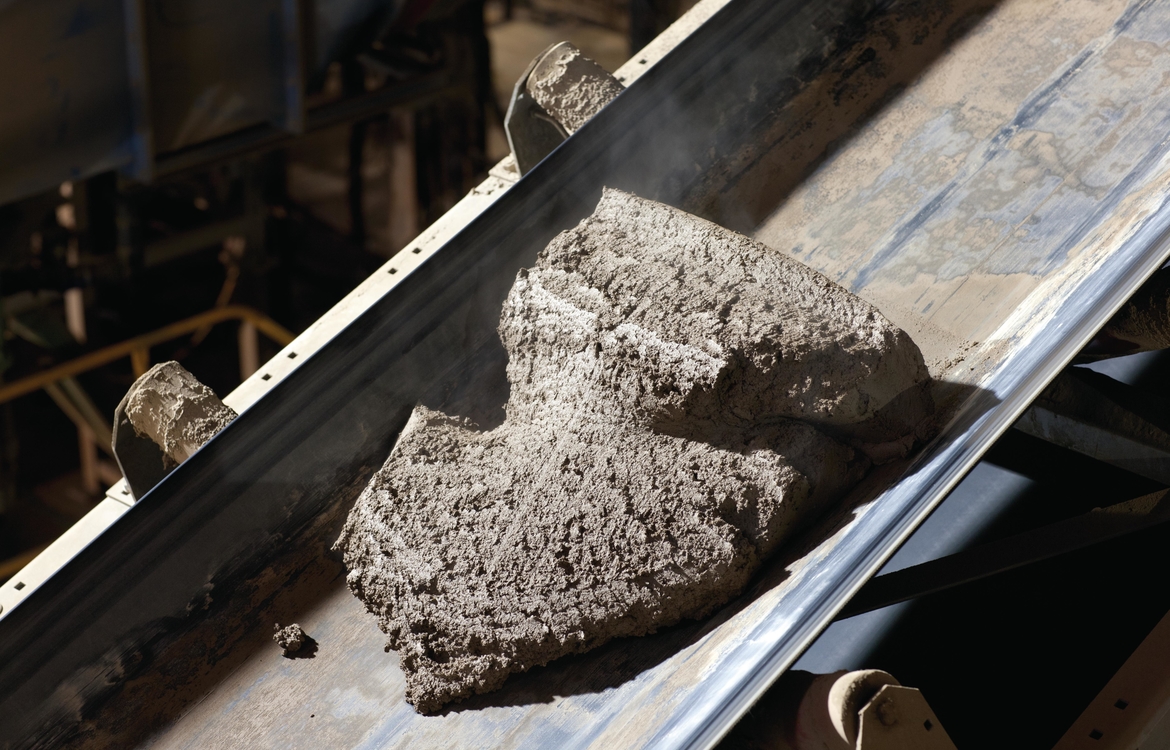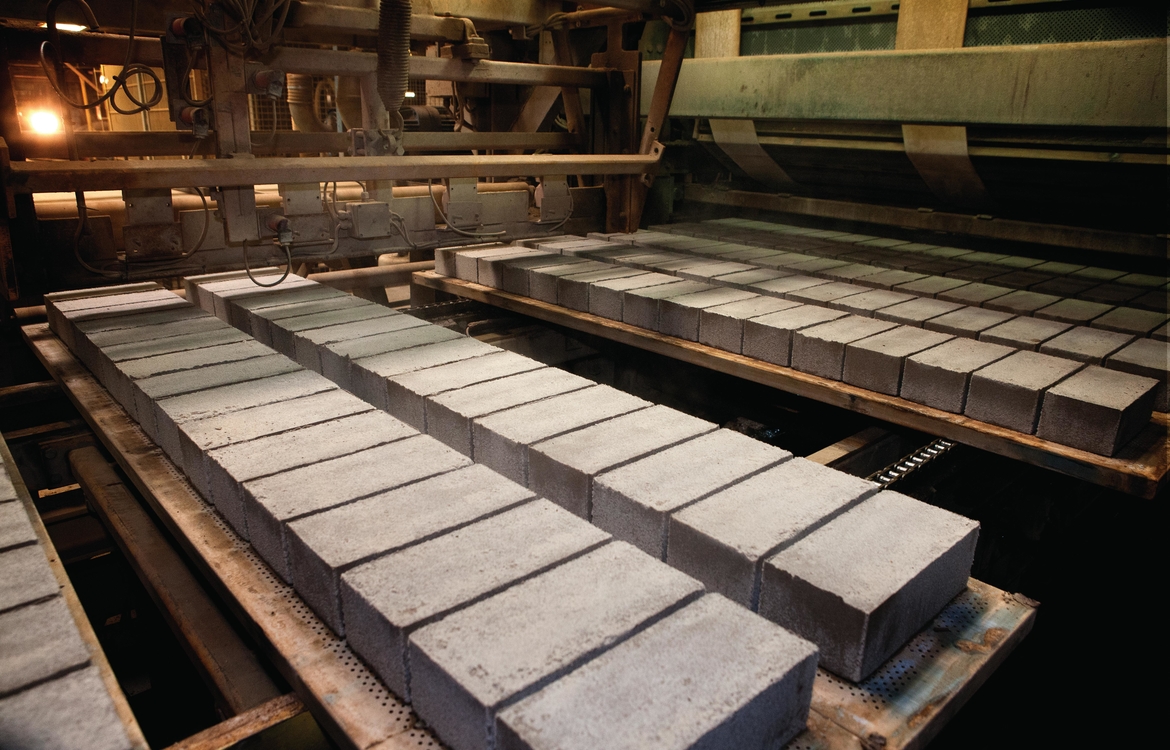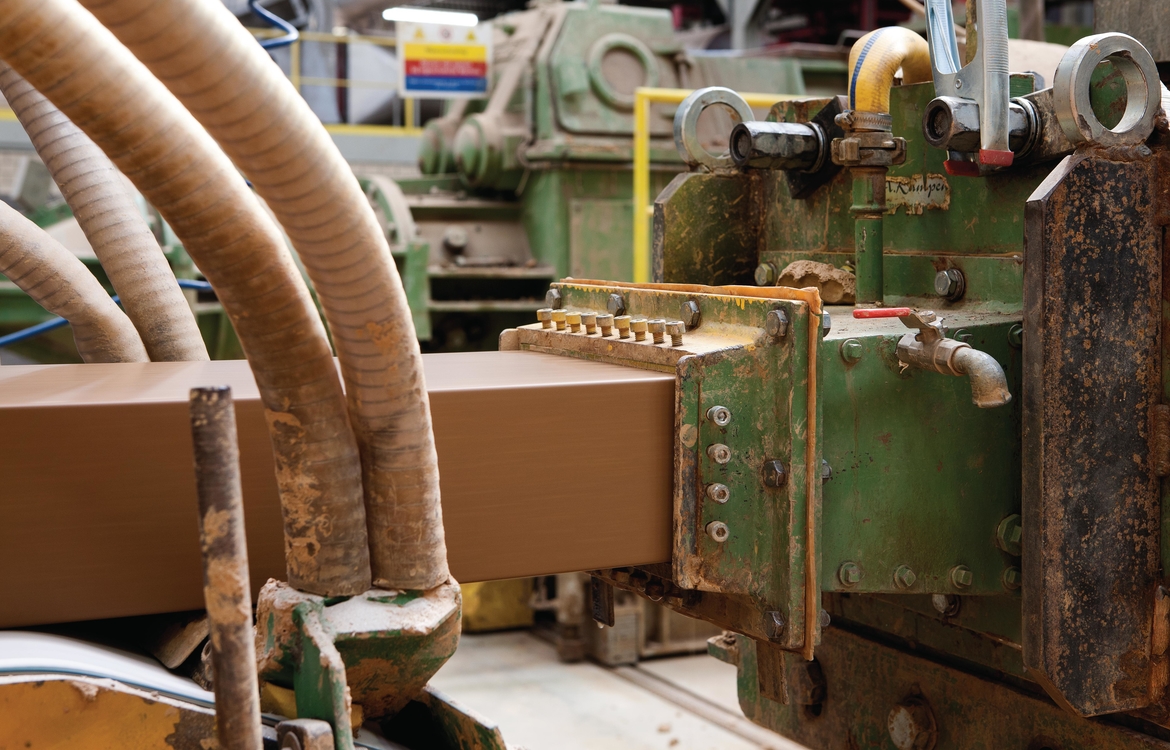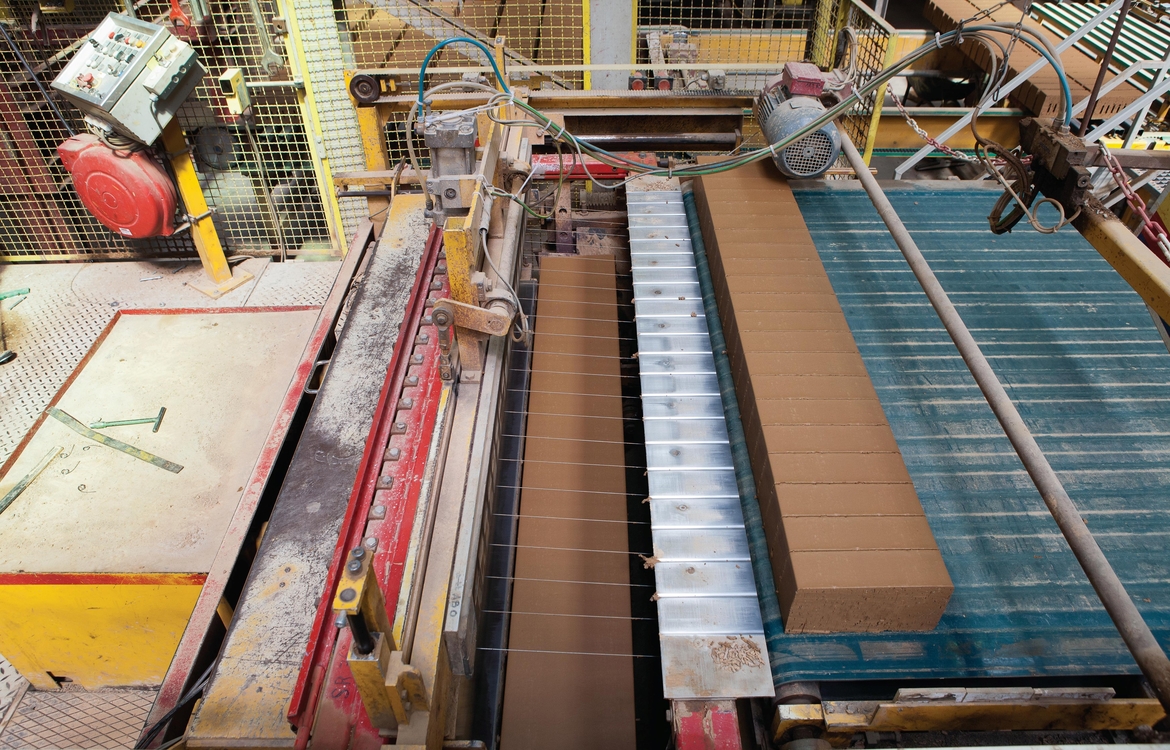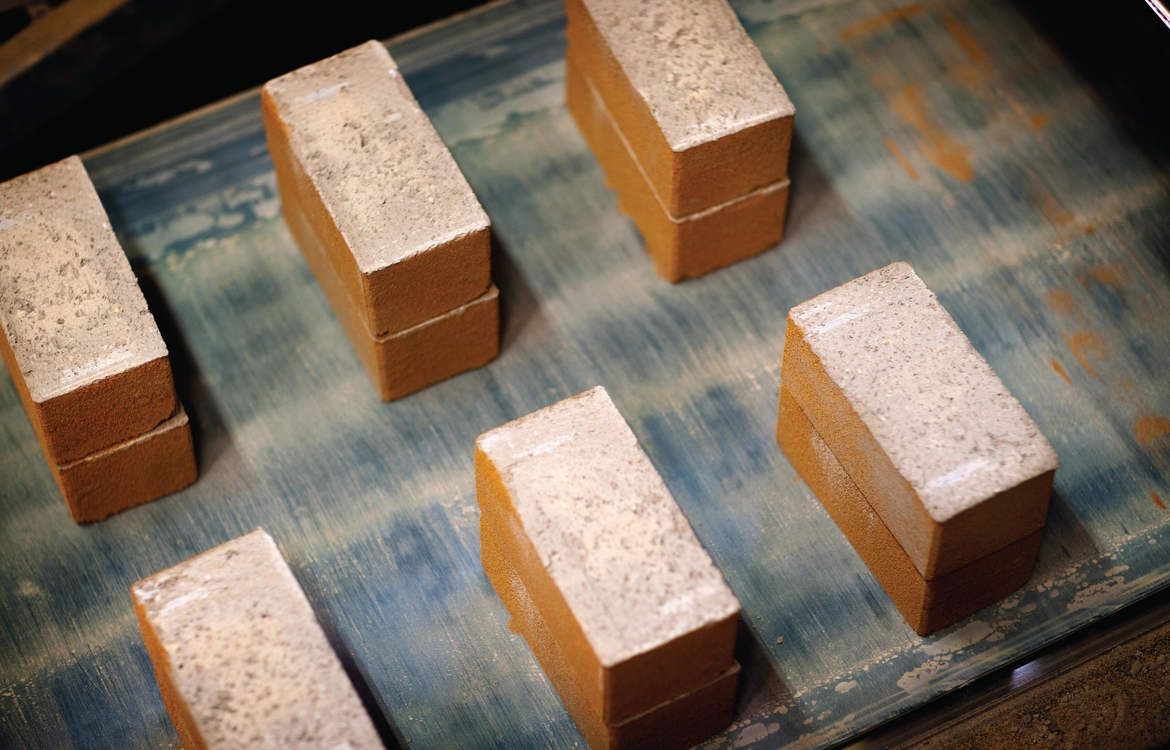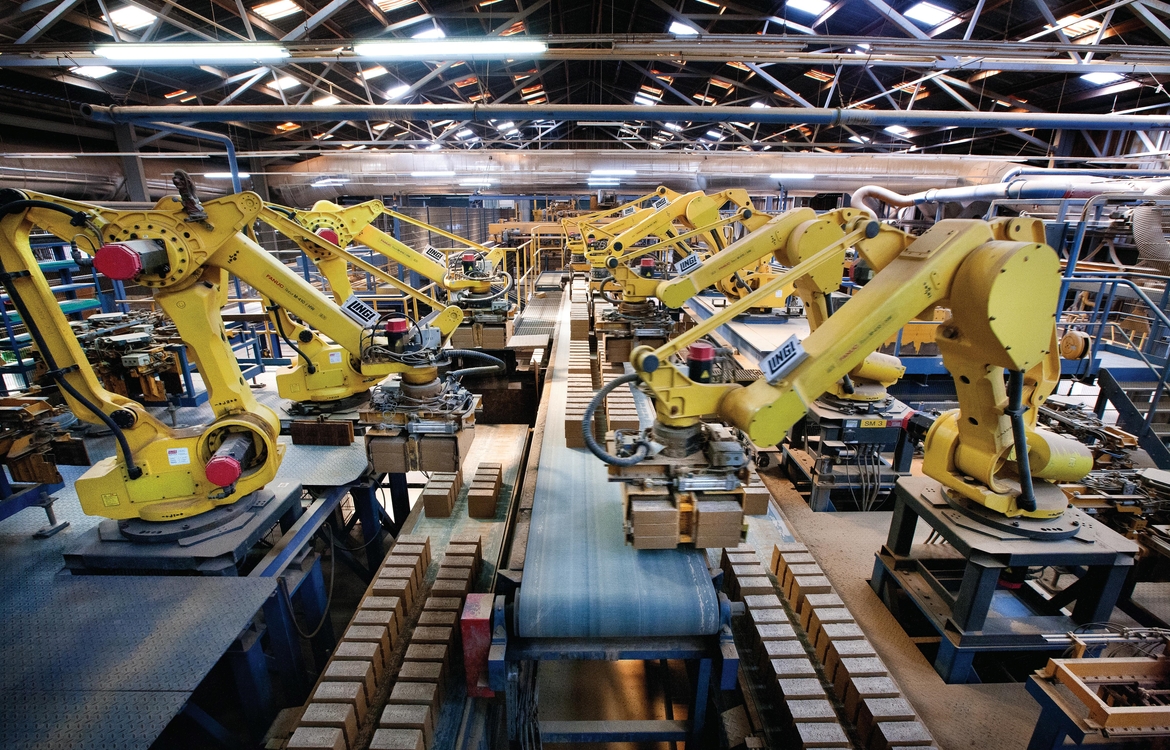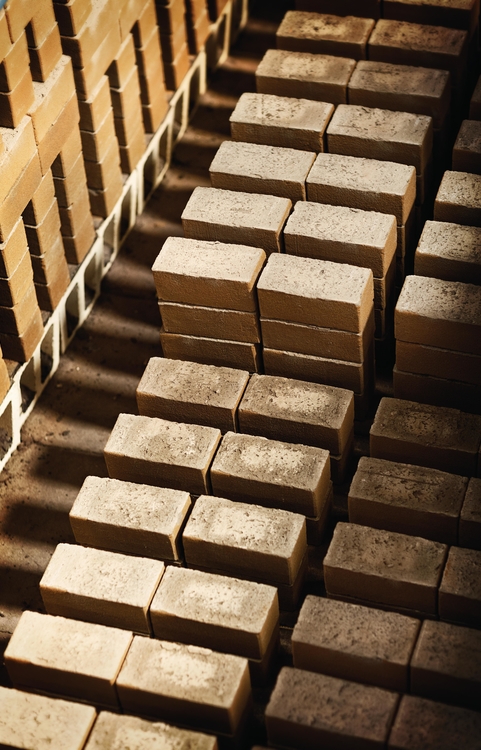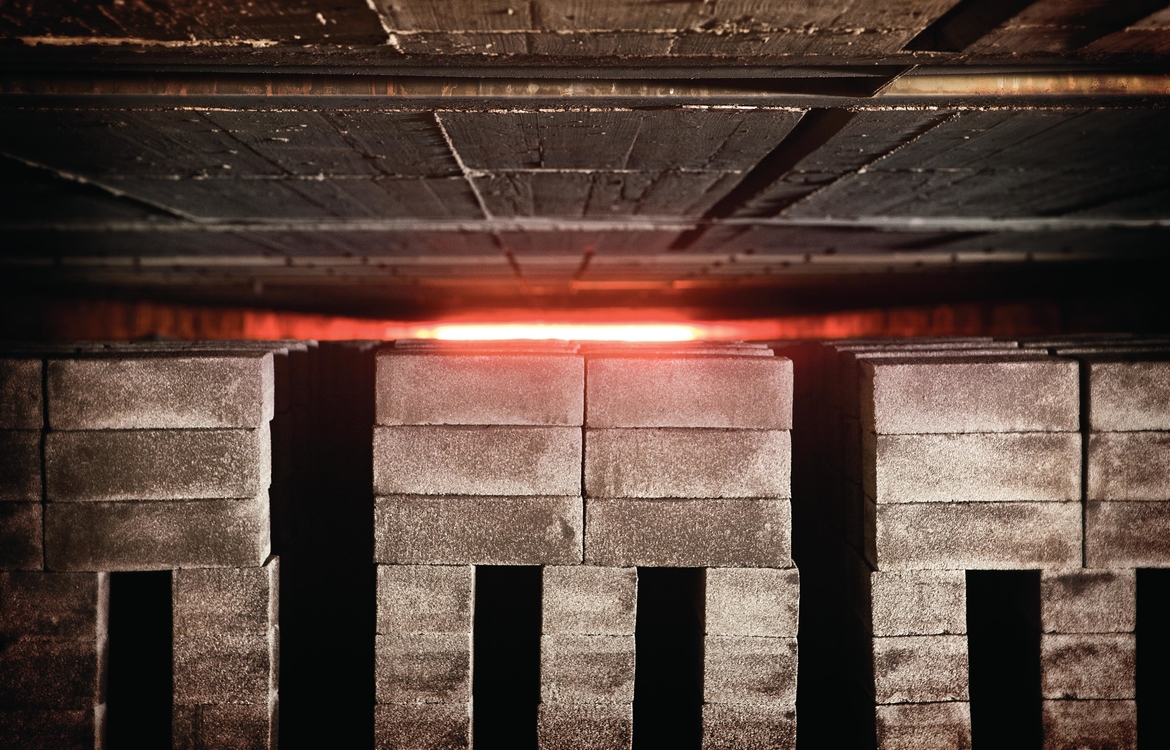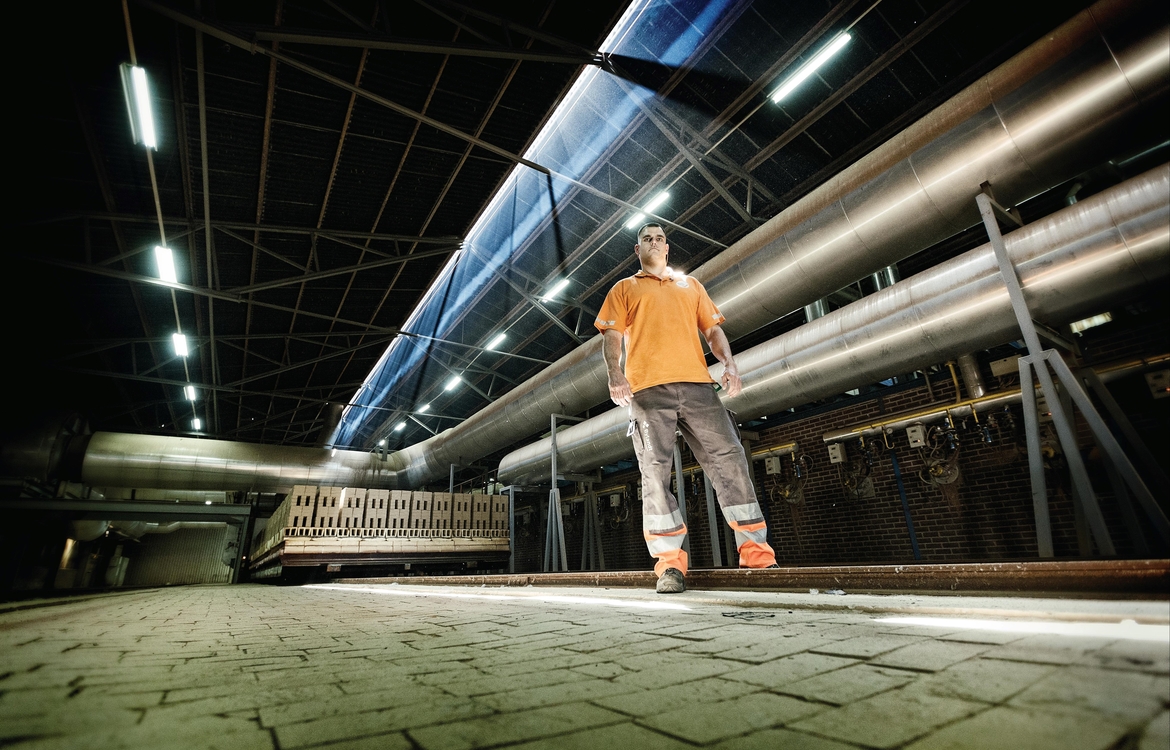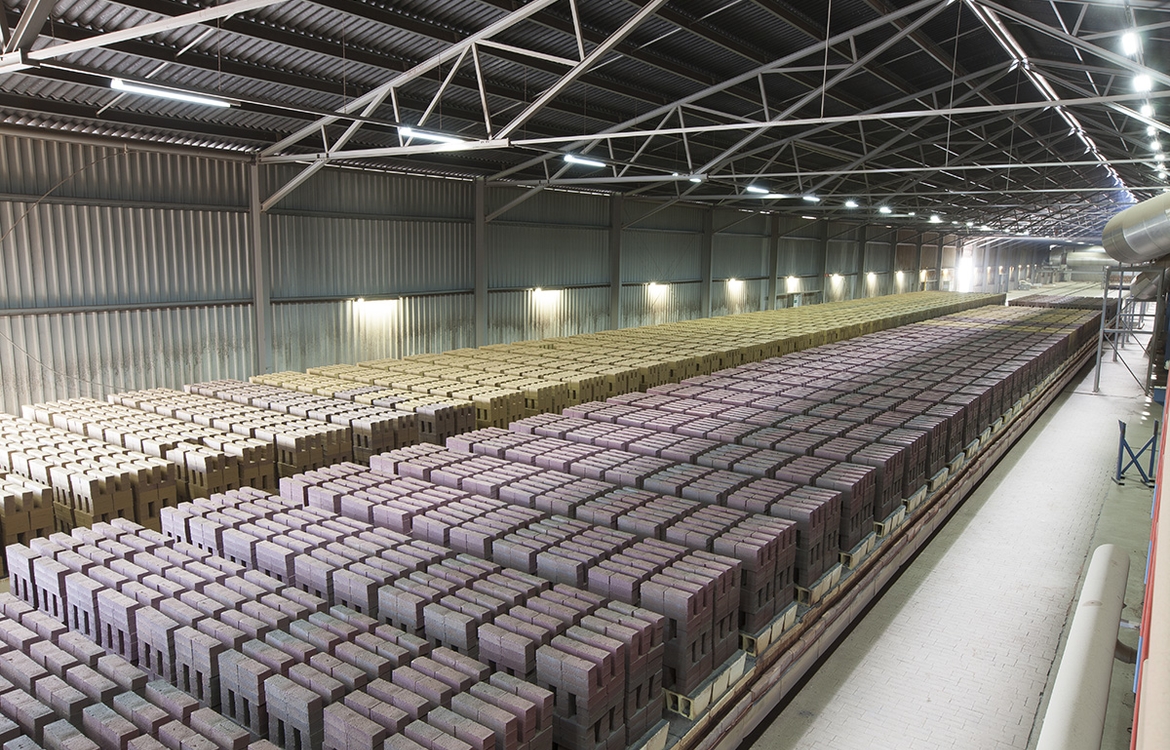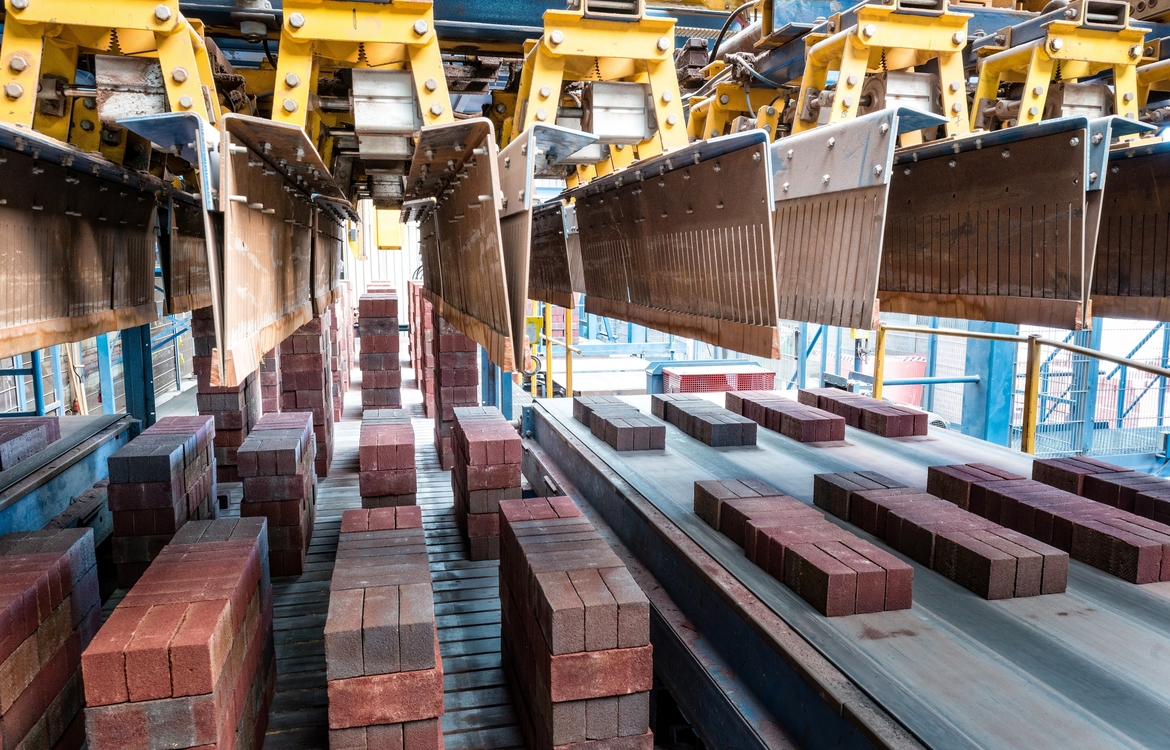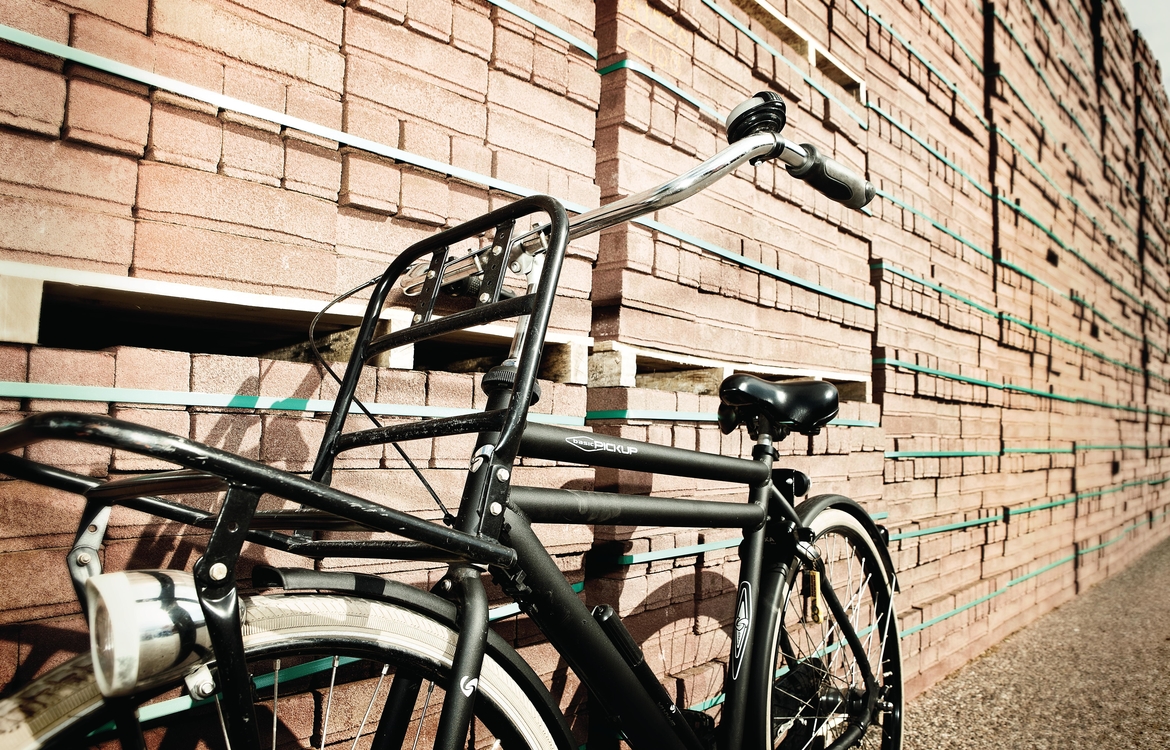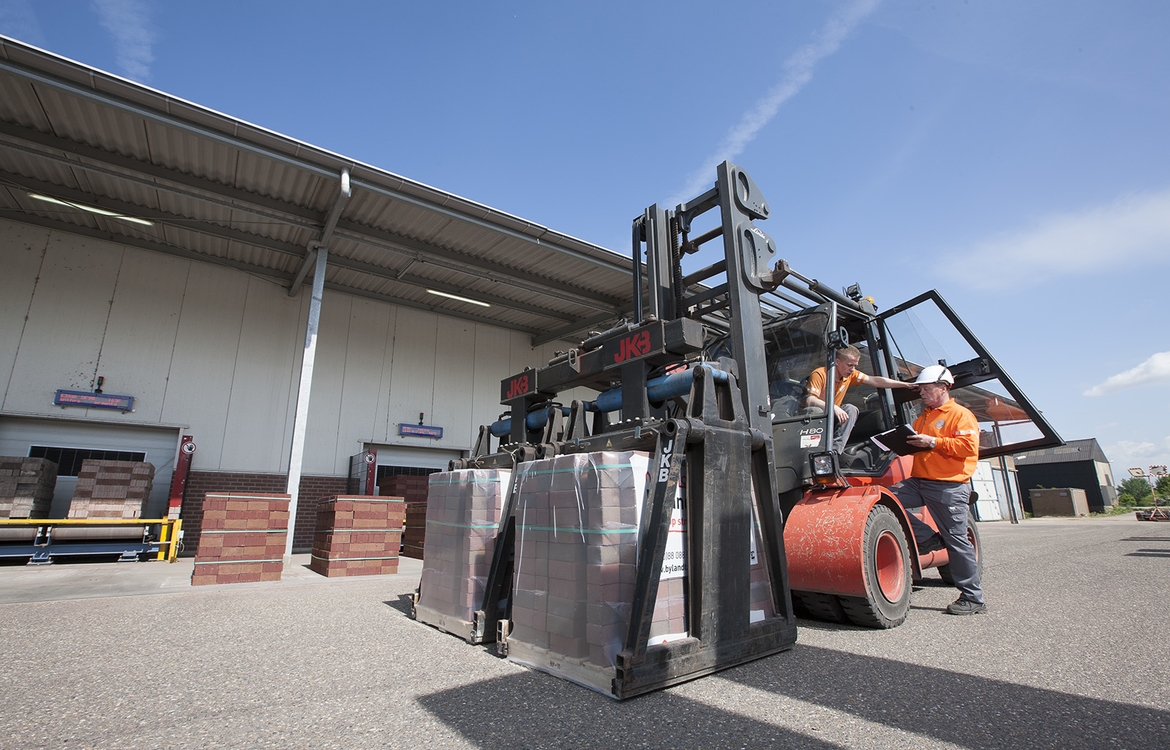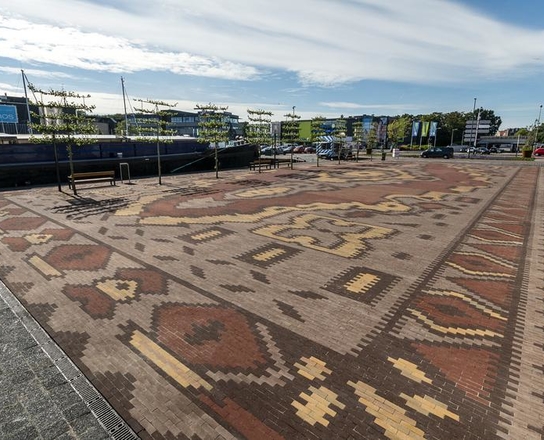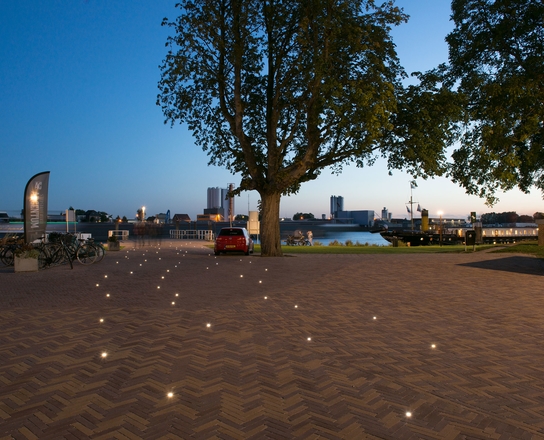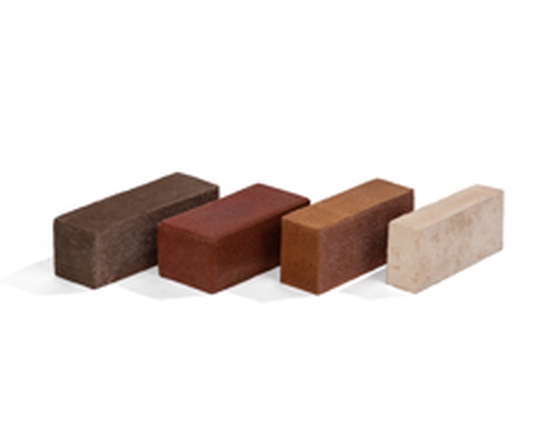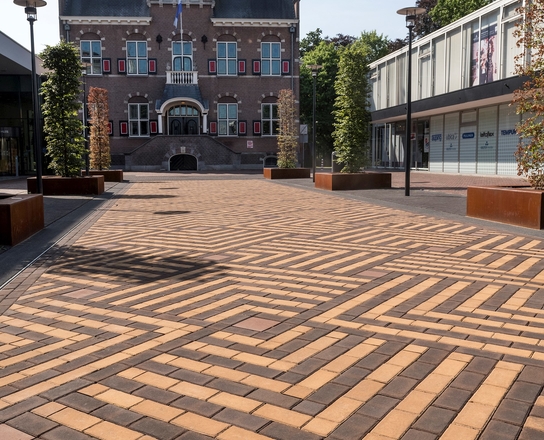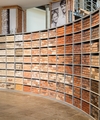Production process – from clay to paver
Ceramics specialists at Vandersanden have been producing characterful pavers for decades. We produce moulded pavers at our plants in Tolkamer and Spijk and extruded pavers in Kessel and Oberlausitz. Vandersanden is synonymous with high quality, authenticity, craftsmanship, and expertise. These values are integrated into our modern and fully automatic production processes. A fascinating and extremely sustainable process.
1. Clay extraction
The production of our pavers begins in clay quarries and the floodplains of rivers where we extract the raw material for our pavers – clay. We take great care during the excavation. Working with the WWF, we create the optimal conditions for new nature during extraction. At the same time, the extraction of river clay helps to ensure safer waterways and space for the river. As rivers constantly supply new clay, river clay is considered a renewable raw material. And as we extract our raw materials as close to our plants as possible, we limit the environmental impact of transport.
2. Clay depot
We mix the different clays in the clay depot at our plants to create a single mixture. Precise mixing ratios are essential to achieving the right colour and dimensional stability . There are more than 100,000 m3 worth of prepared clay mixture in the depot at Vandersanden. To ensure the highest possible quality , the composition of our clay mass is regularly tested by laboratories.
3. Clay pre-treatment
It’s then the turn of the process in the plant. The clay mixture is brought from the clay depot to the plants in lorries. The mixture firstly needs to be rolled and kneaded. We then wet the mixture with steam and water to make it malleable . We also add additional colour minerals if needed, such as iron, titanium, and manganese oxide. Doing this allows us to modify the colour of the clay pavers, from yellow, red/brown to nearly black.
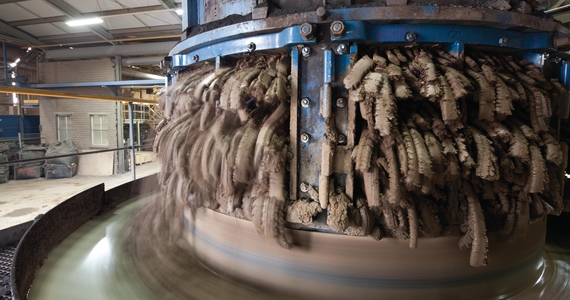
4. Stone press
With the brick press, we form the clay to create the desired size. In Tolkamer and Spijk, we produce moulded pavers and press the clay into moulds under high pressure. Each size of brick has its own mould size. A fine layer of sand ensures that the clay can be released from the mould again afterwards. We turn the moulds over and press the bricks onto drying plates. The sand gives the bricks some of their colour and character, but we can also produce pavers without a sand-covered surface. In that case, the mould is not sanded but instead wetted. On an average day, we produce around 50,000 bricks every hour.
In Kessel and Oberlausitz, we press bricks with a vacuum extruder. This produces a continuous clay bar with square dimensions by means of extrusion. The clay bar is then cut into blocks of the correct size in a fully automatic process. This produces sleek pavers with a wholly unique character. We can also tumble the pavers for a rustic, nostalgic look.
5. Drying kiln
Once the bricks have been pressed, they enter special drying rooms where the moisture content is reduced from around 24% to 4%. This is a subtle process – if the drying process is not carefully monitored, there is a risk of breakage and cracks. We use residual heat from the kilns from drying. Depending on the size of the bricks, drying takes anywhere from around 30 hours to 70 hours, whereupon they can enter the blazing kiln.
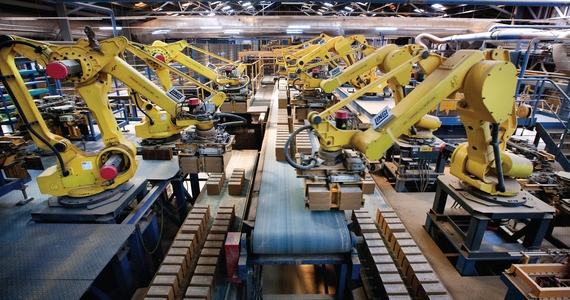
6. Measurement and control room
Each kiln trolley takes around two days to move through the tunnel kiln oven, with each paver passing through a warm-up, firing, and cool-down phase. The ideal firing curve varies according to colour and size. Warming up and cooling down too quickly can cause breaks and cracks. An excessively high temperature can cause the bricks to collapse. We measure the kiln and drying process in the measurement and control room.
7. Unloading and packaging
As the final step in the production process, we unload the bricks from the oven trolleys. They are then stacked as clamping packages. We can pack around 55,000 bricks per hour. We then move the bricks outside into storage, or turn them into packages in the robot hall that are suitable for mechanical processing.
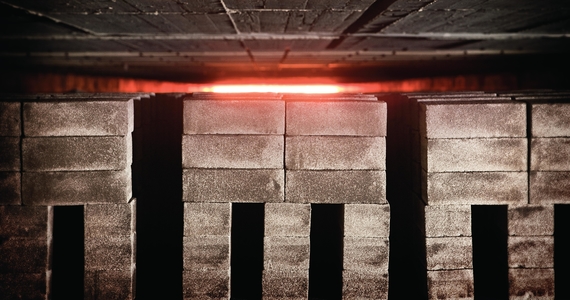
8. The kilns
The dried bricks are fired to form rock-hard pavers in our 240 metre long tunnel kiln ovens. The temperature inside the kiln can reach as high as 1130°C; the higher the temperature, the harder the brick. We fire bricks 24 hours a day, 365 days a year, allowing us to produce as many as 180 million pavers every year.
9. Mechanical packages robot line
Mechanical paving is a huge improvement in working conditions and health for road workers, which is why we have invested heavily in the development of mechanical paving solutions. Our stacking robots create (mixed) brick packages suitable for mechanical laying in all common patterns.
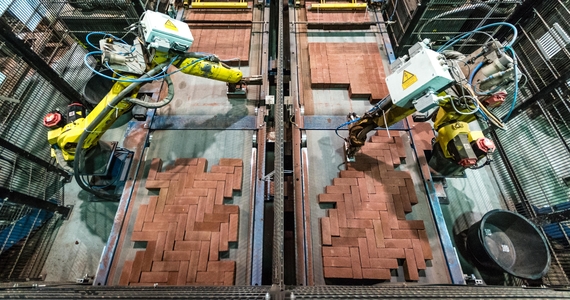
10. Stacking area and batch inspection
The storage area is where we keep our fired bricks. It is an enormous showroom with dozens of different colours and sizes. Our specialists check the bricks every day, together with independent inspectors, to ensure their dimensions, colours, and hardness. The bricks are only transported to cities , contractors, gardeners, and private customers after a final independent quality check.

